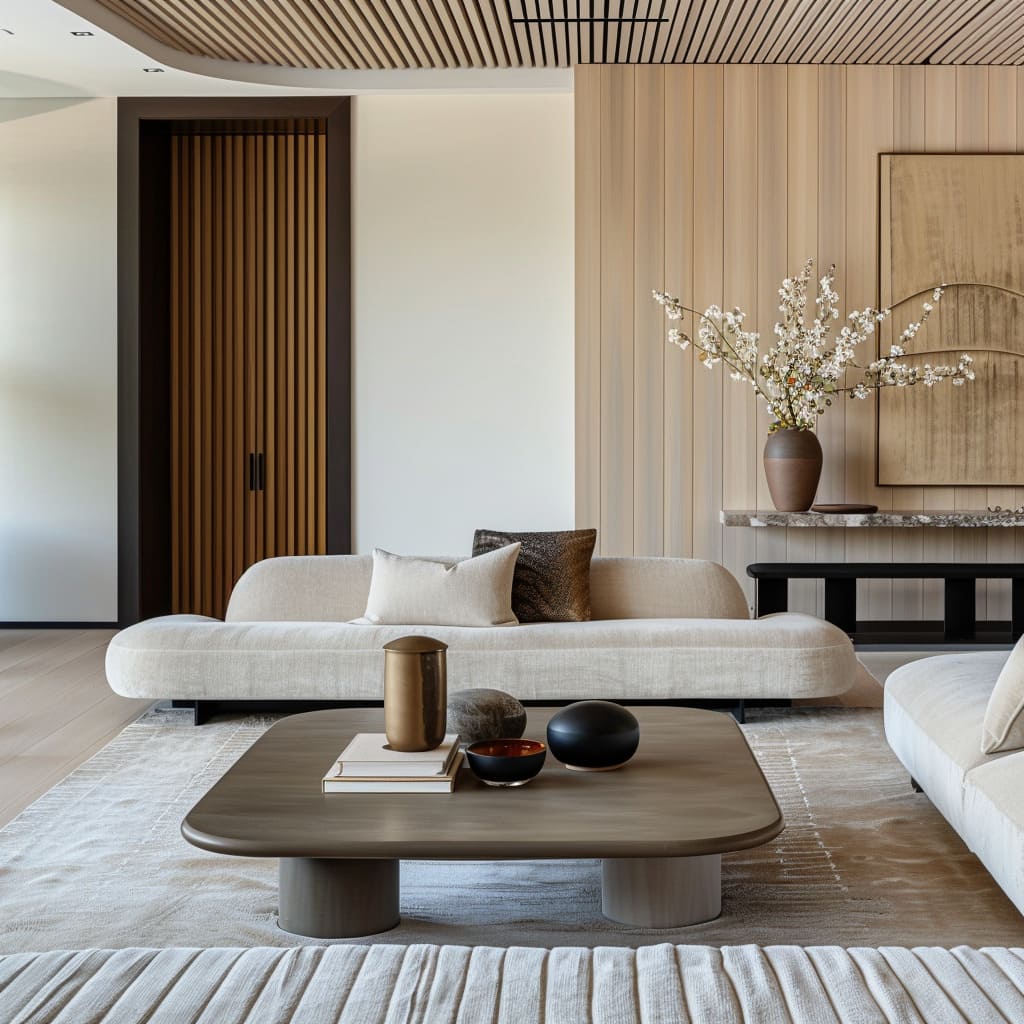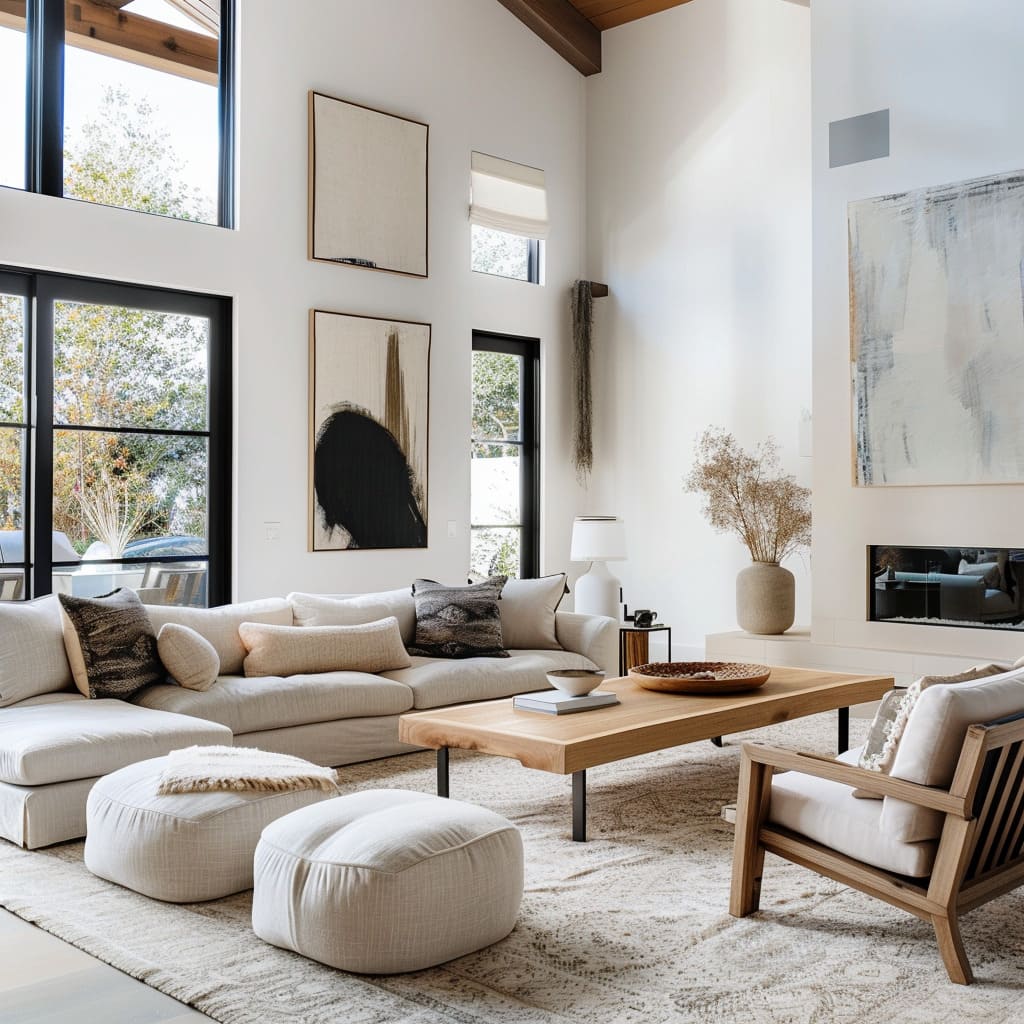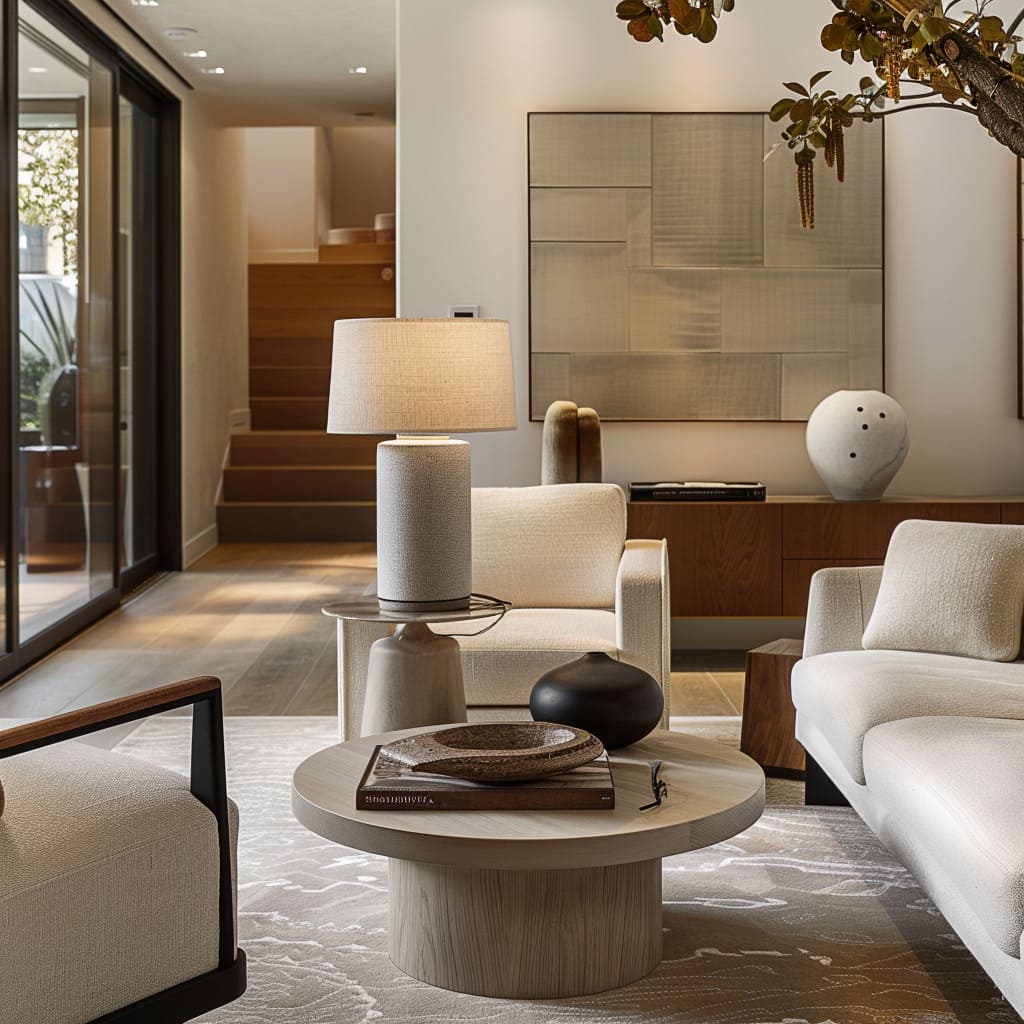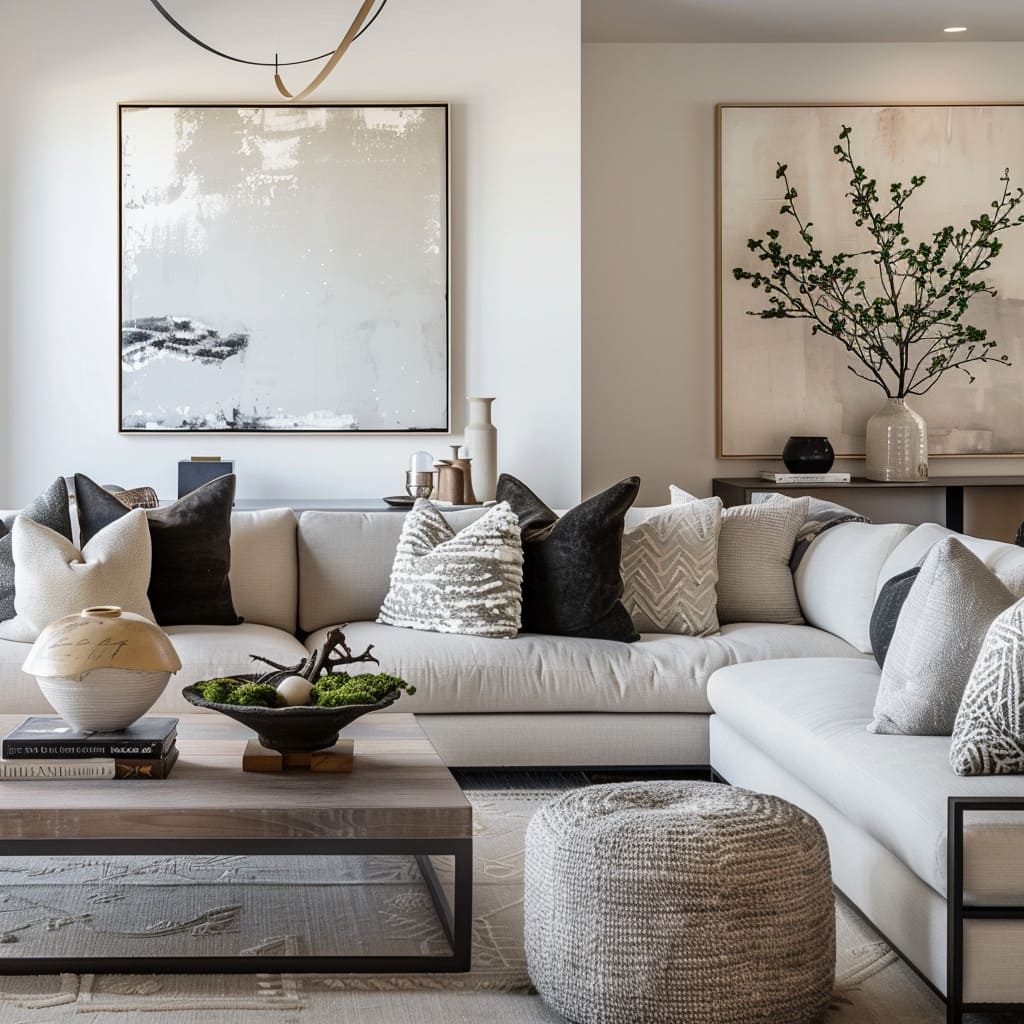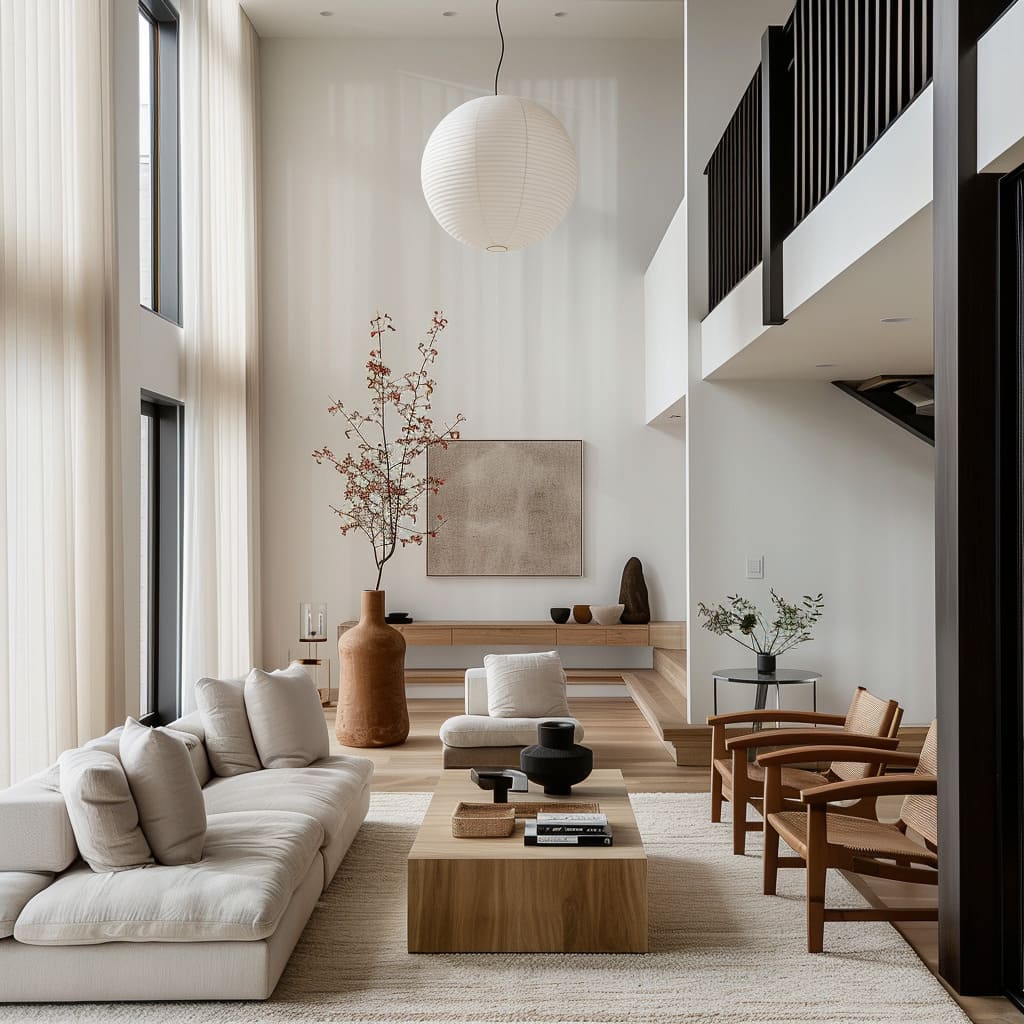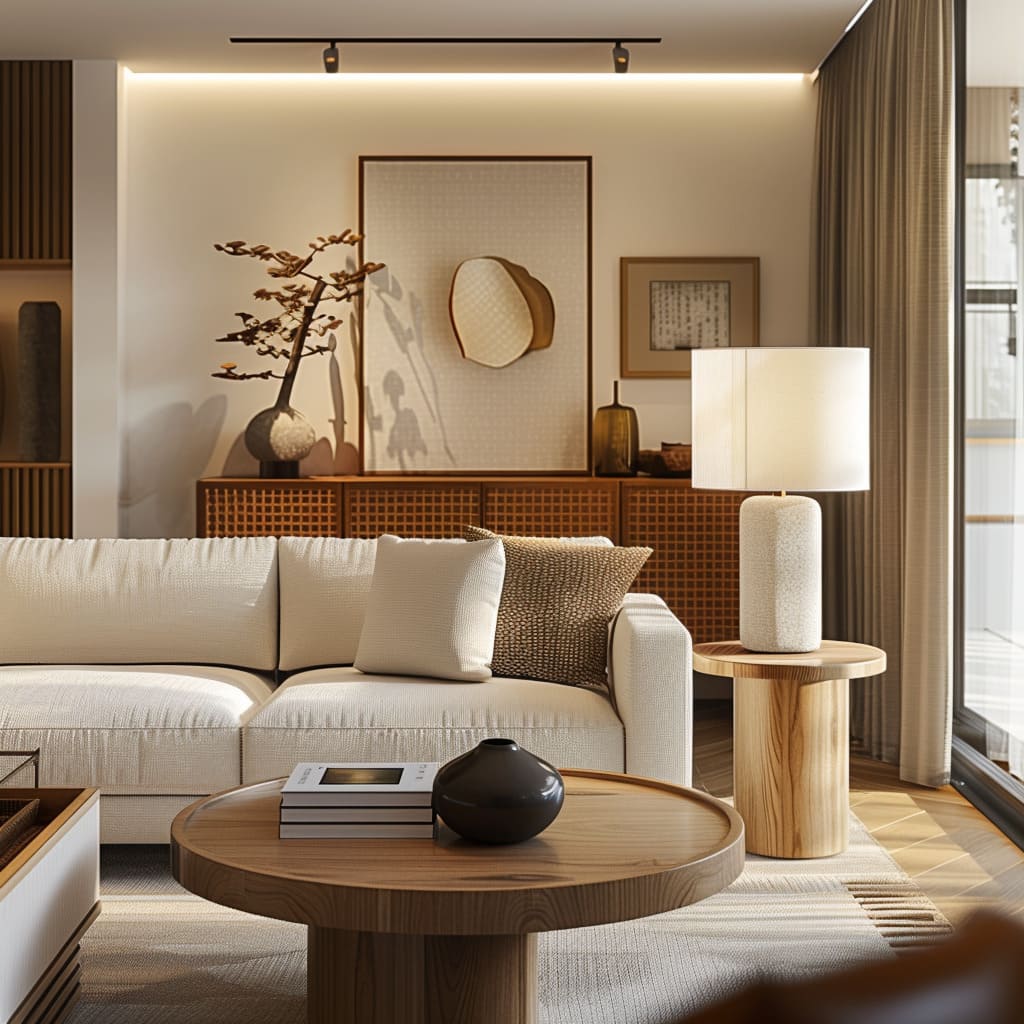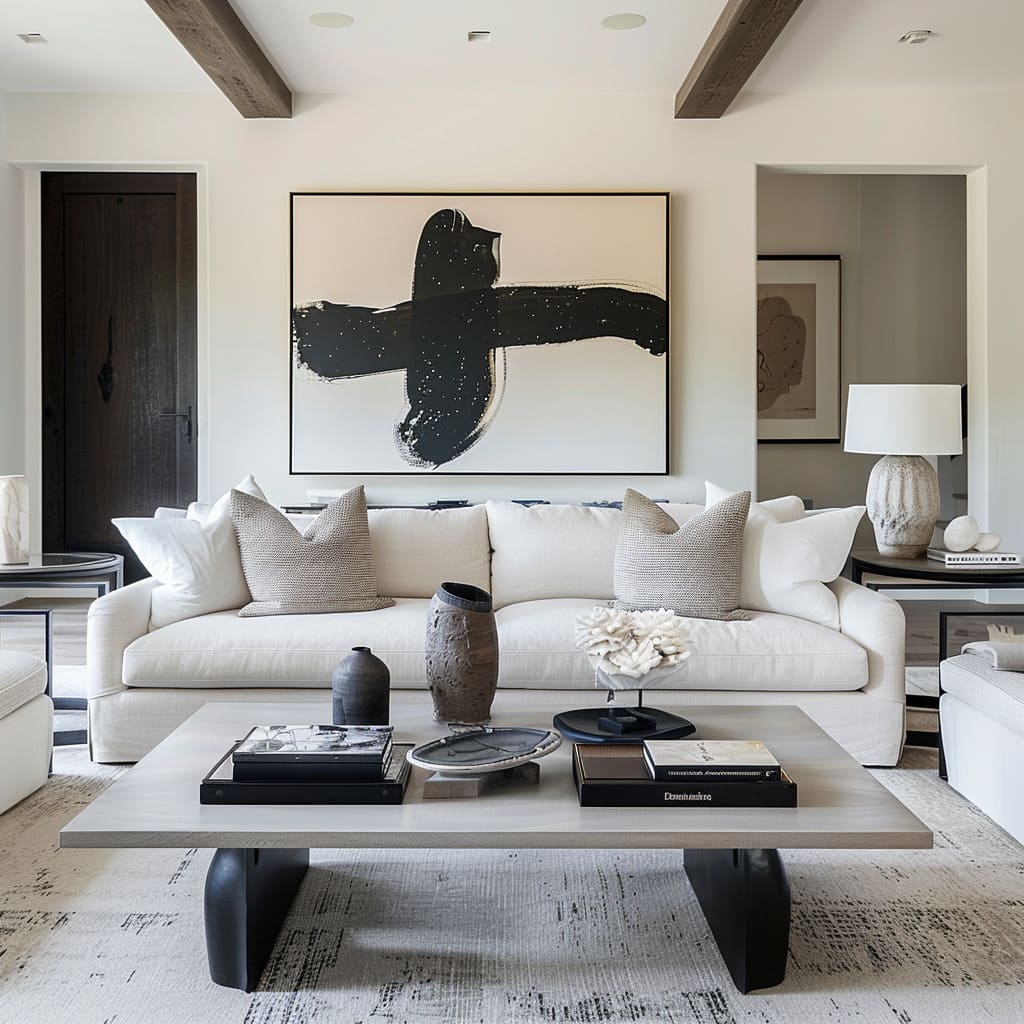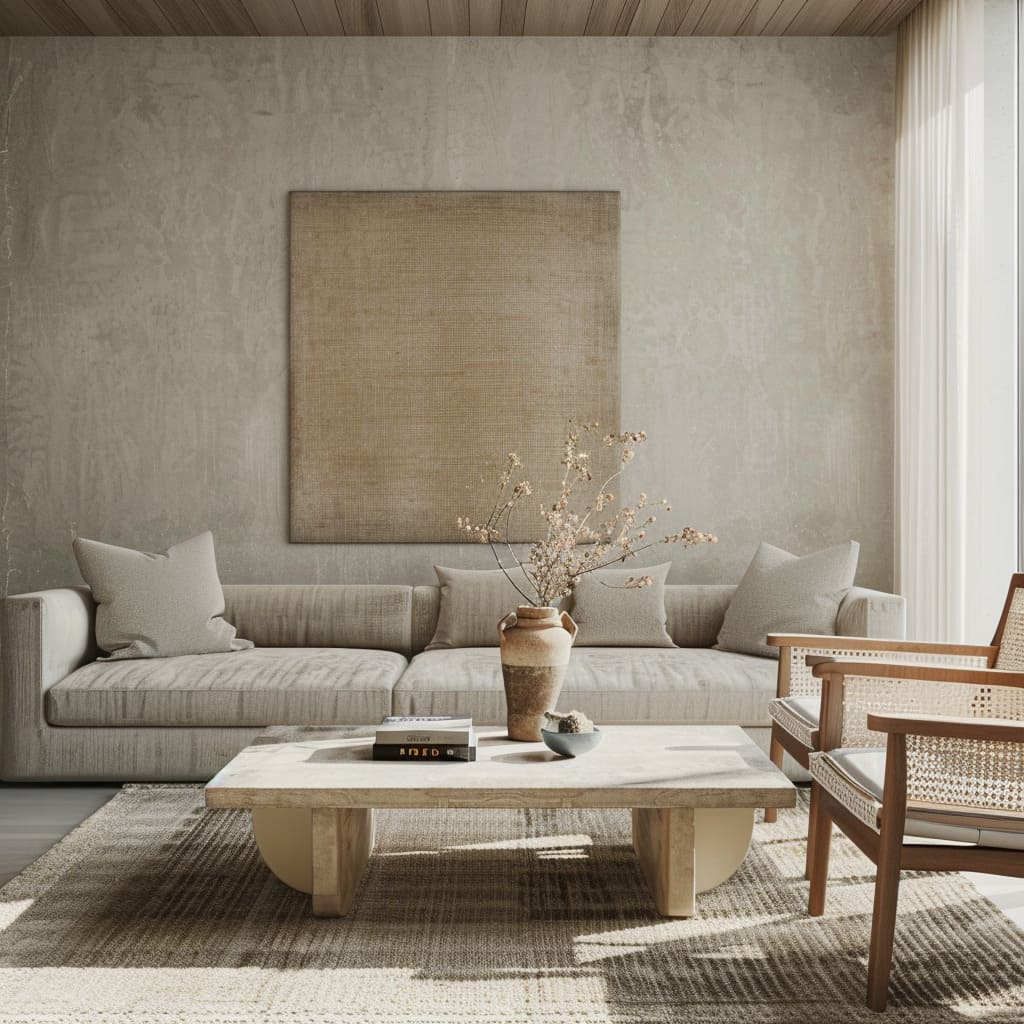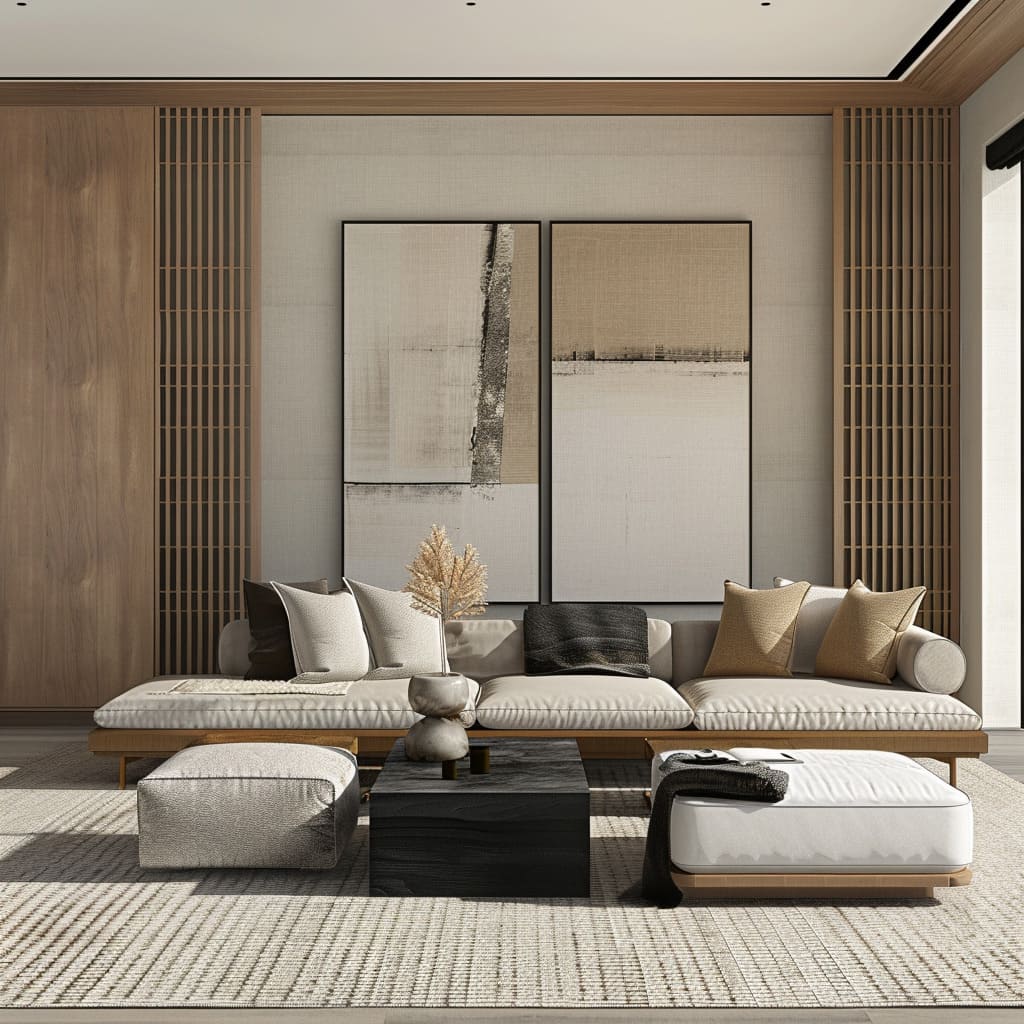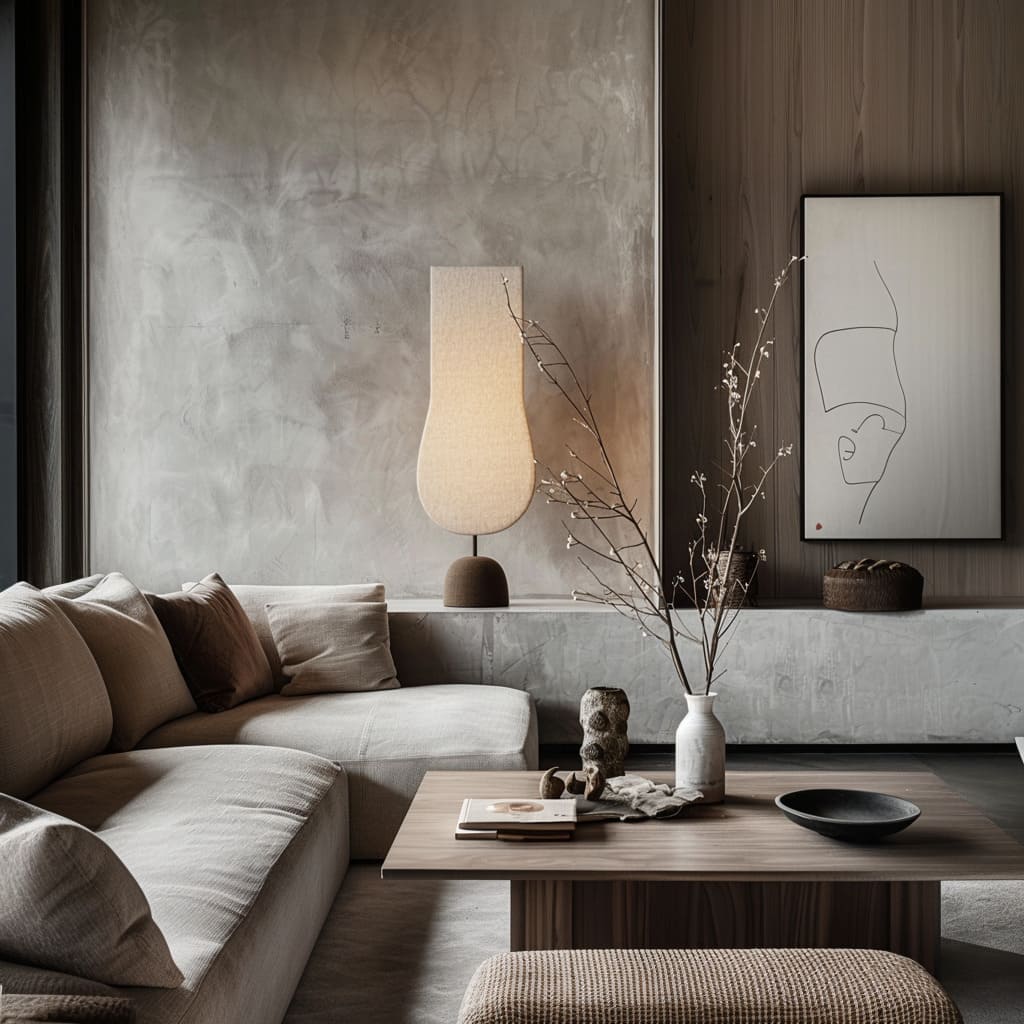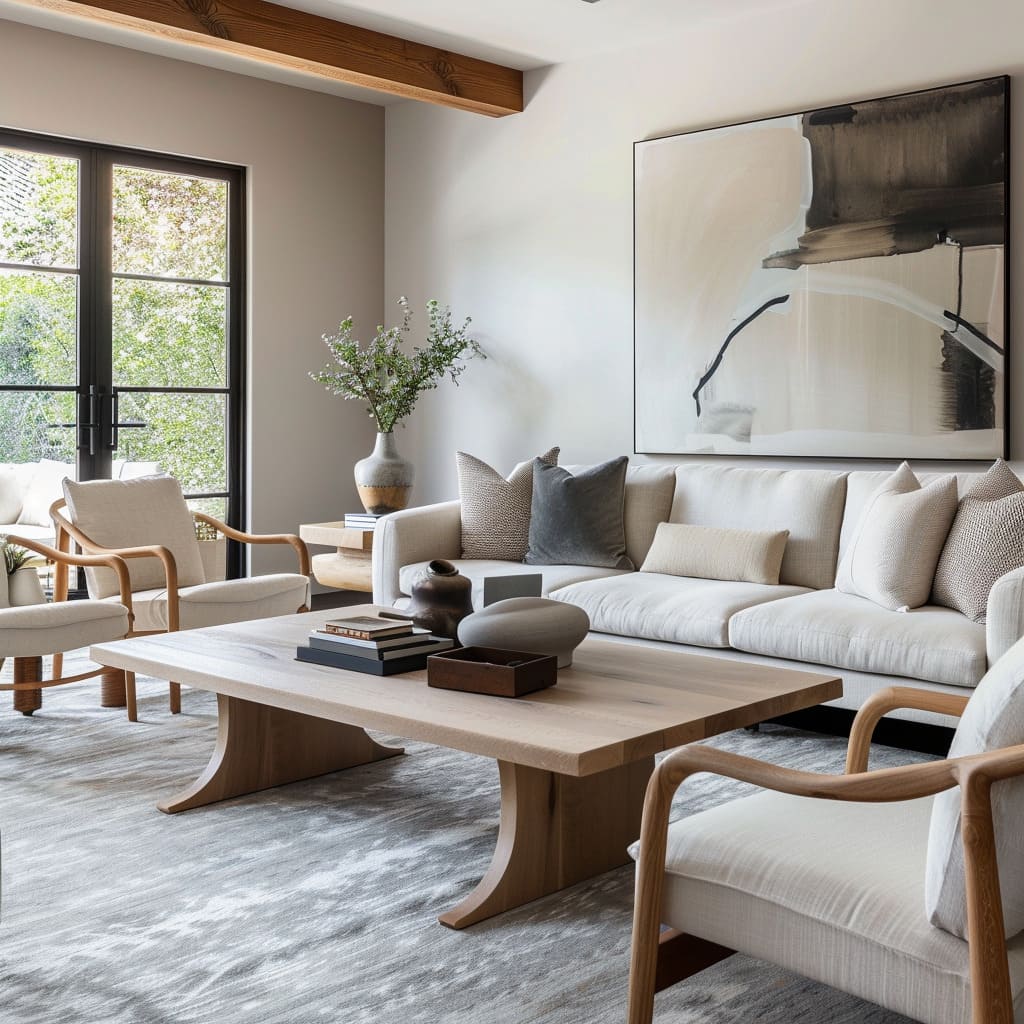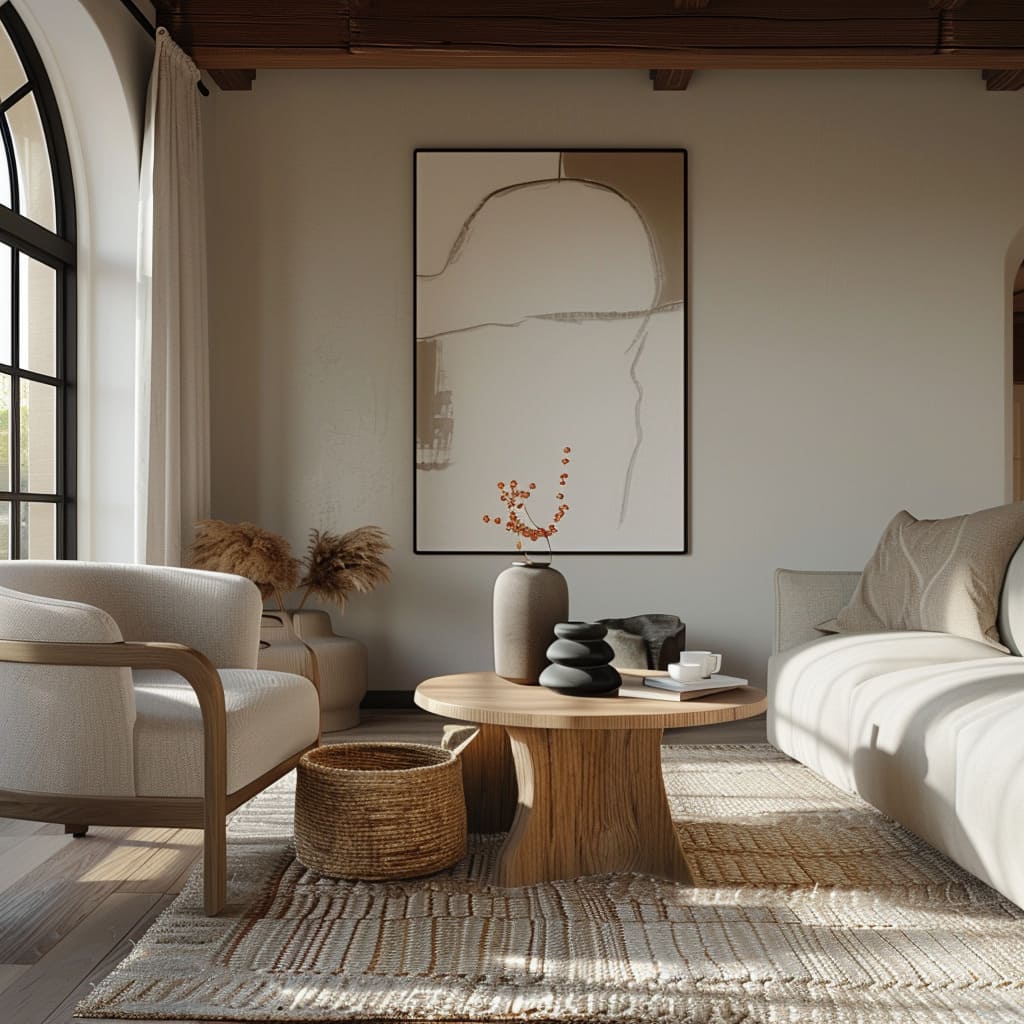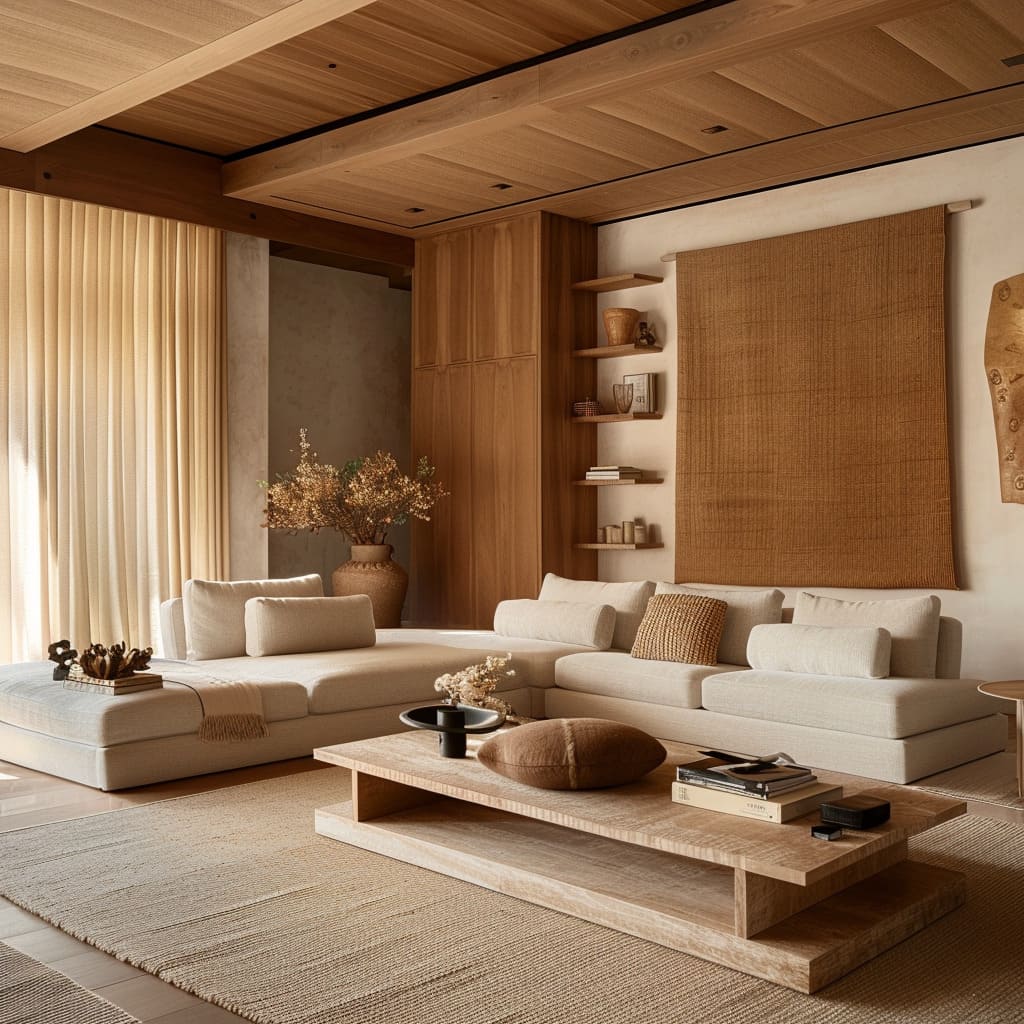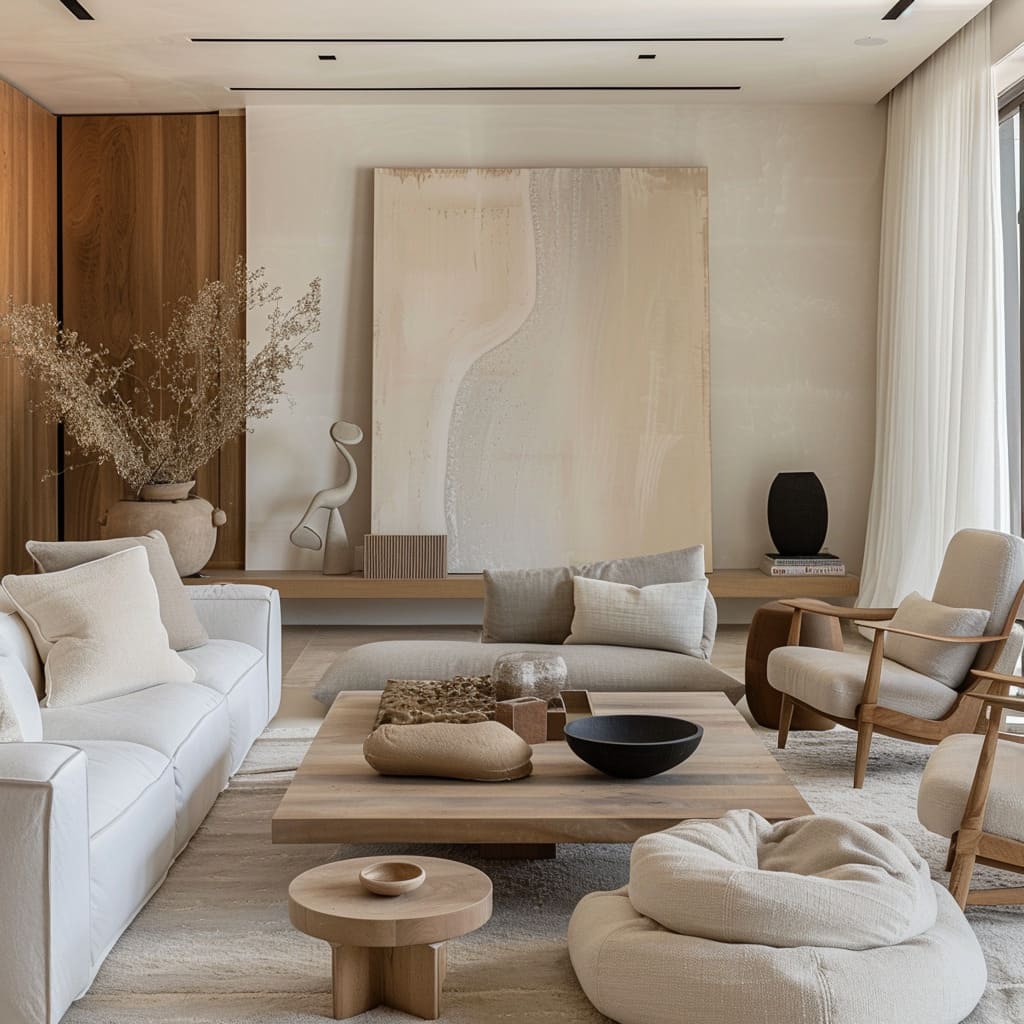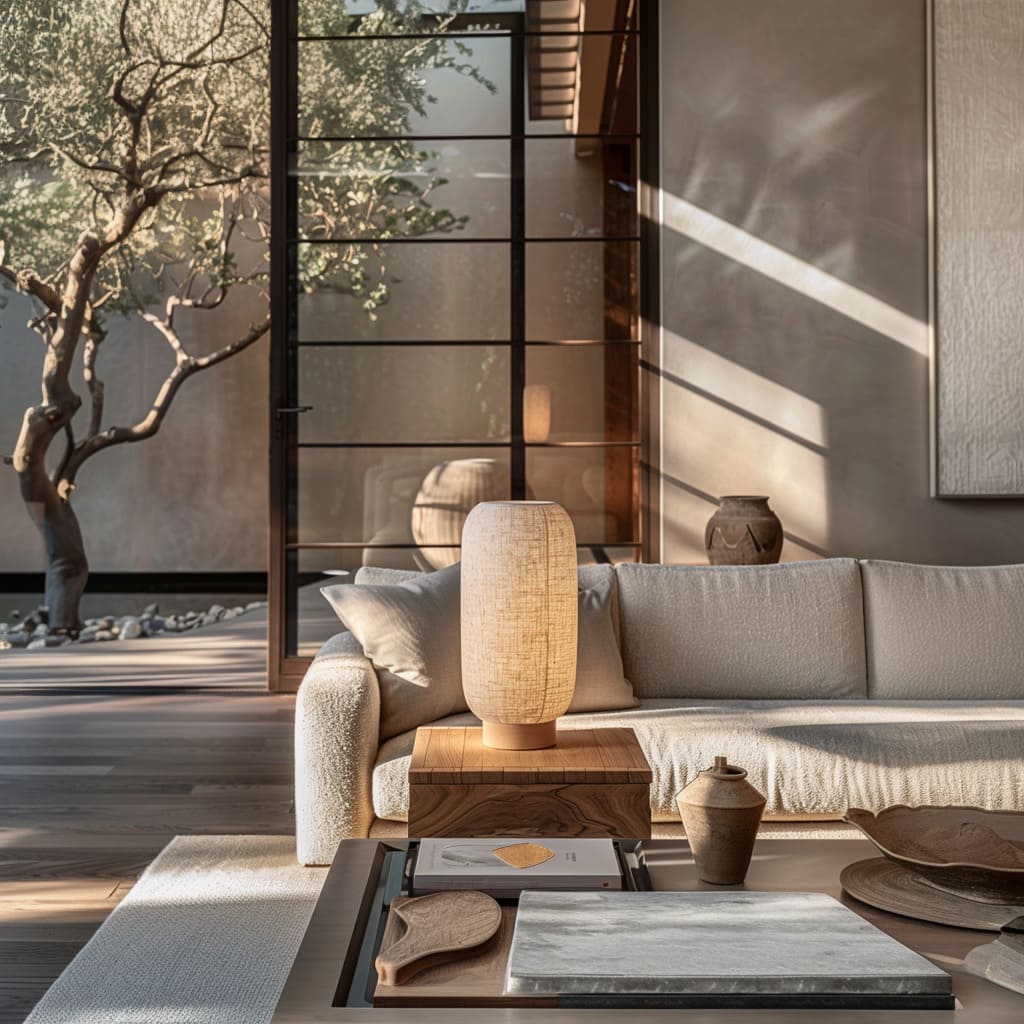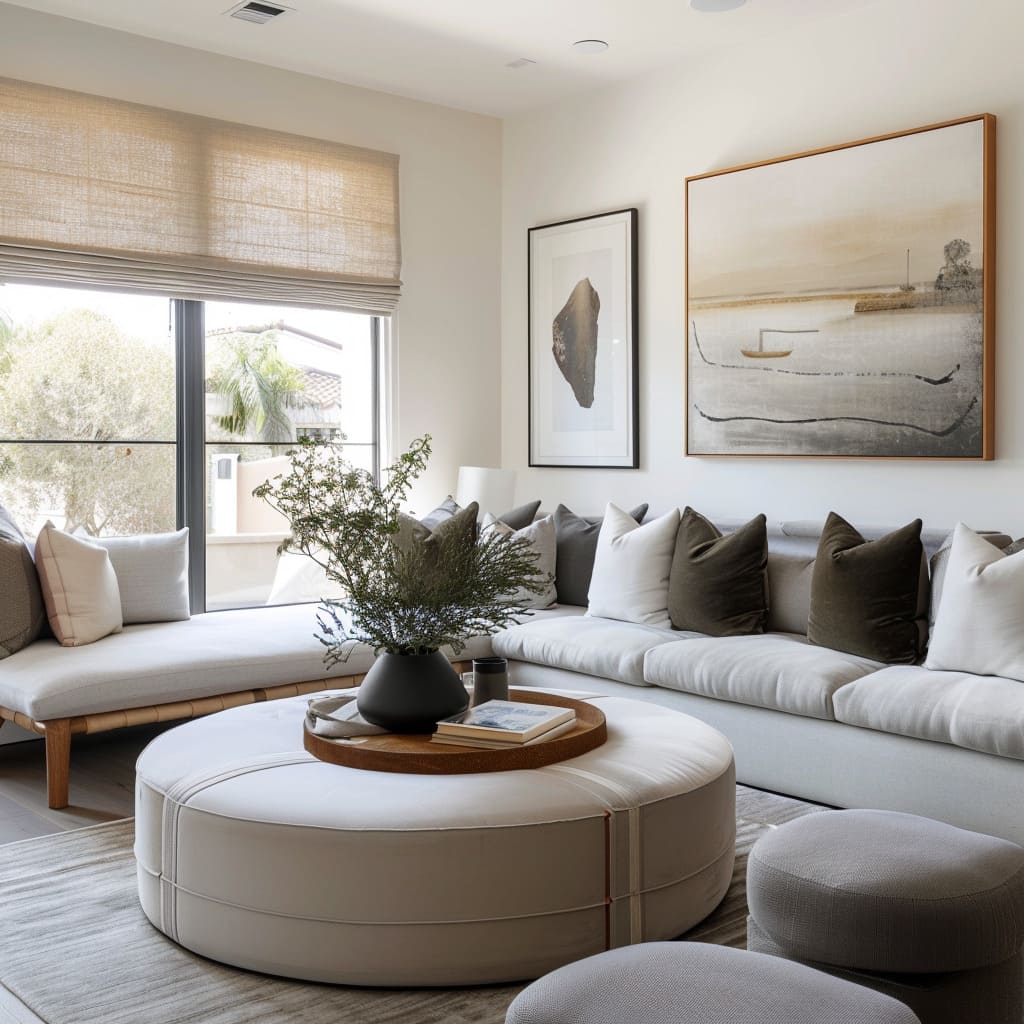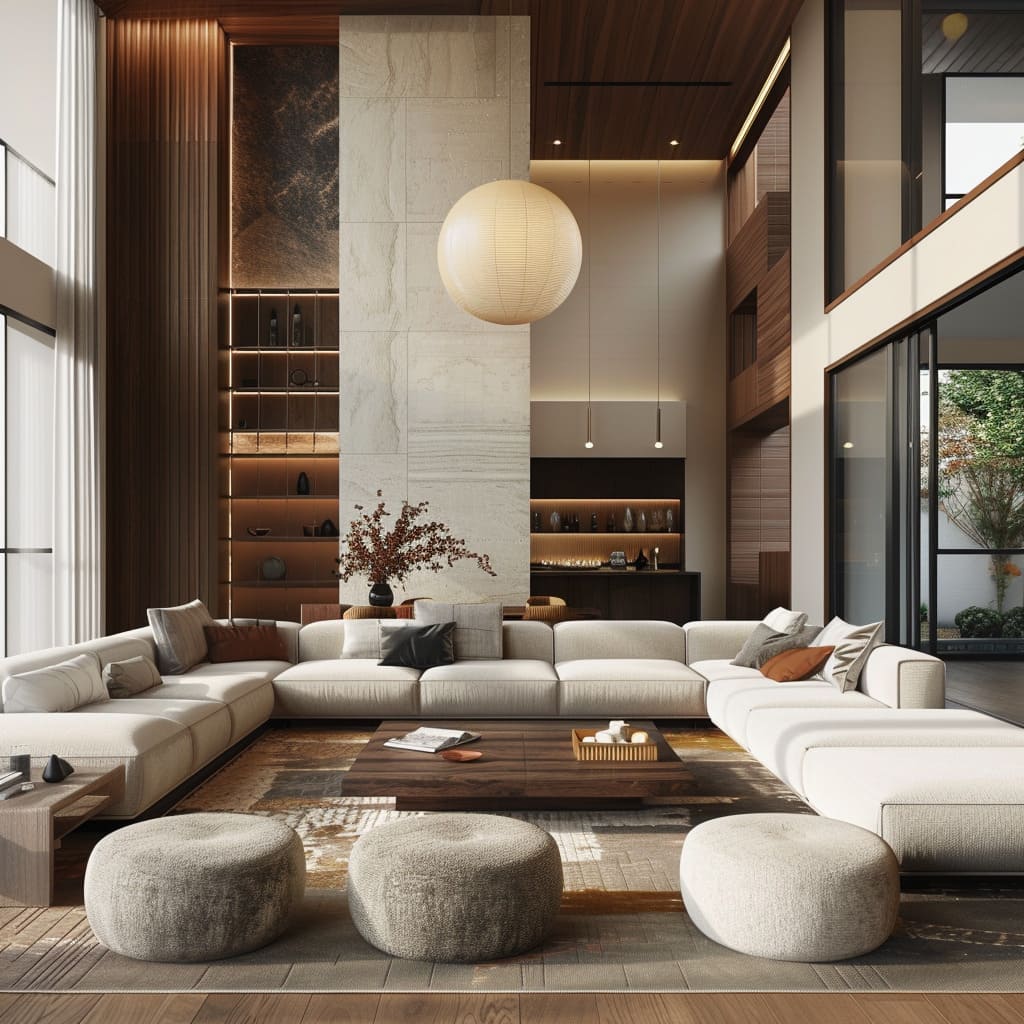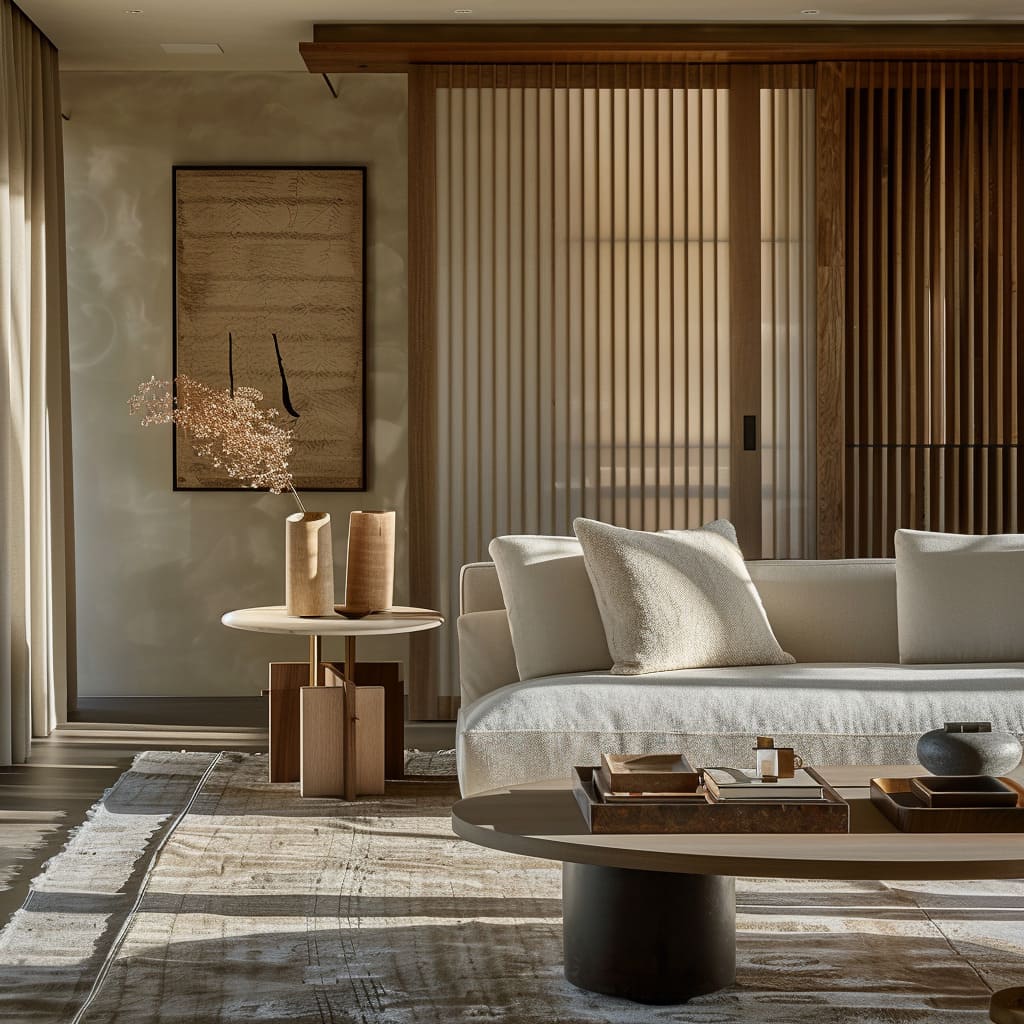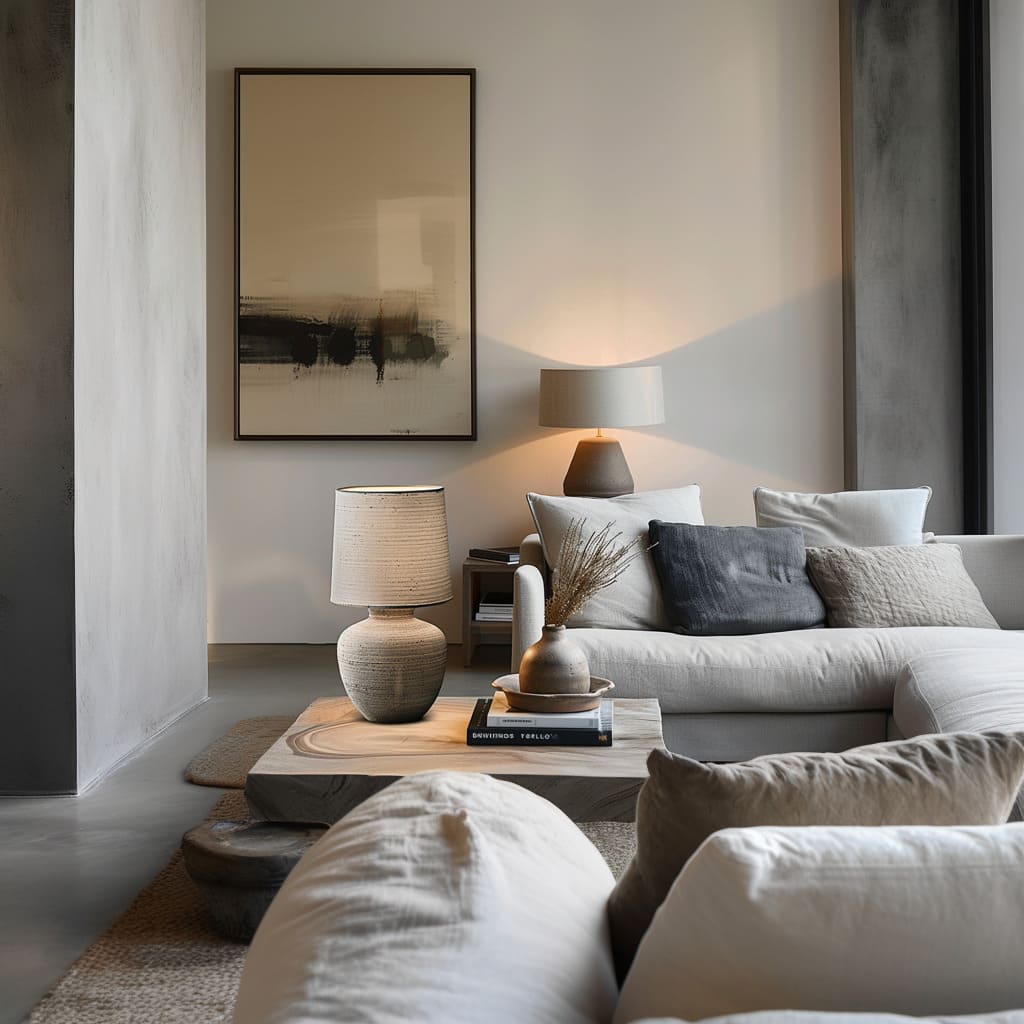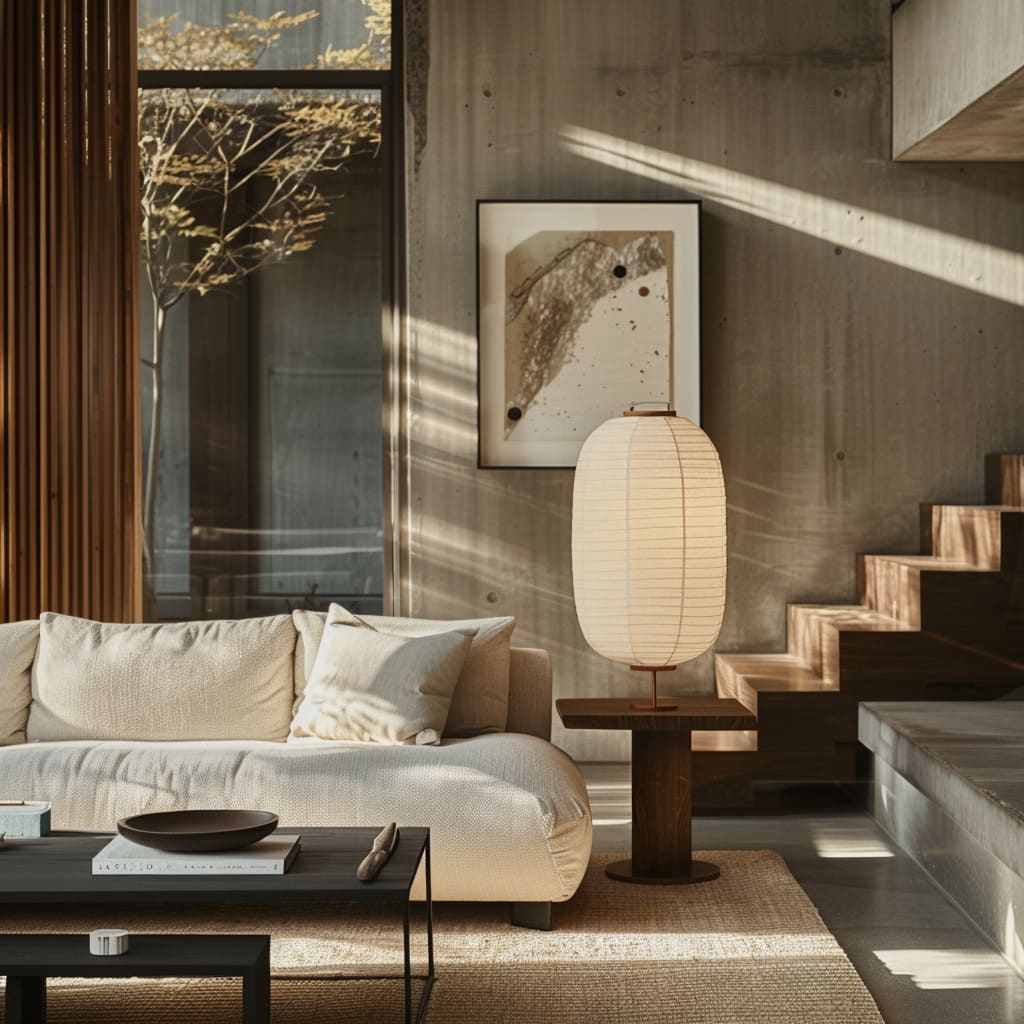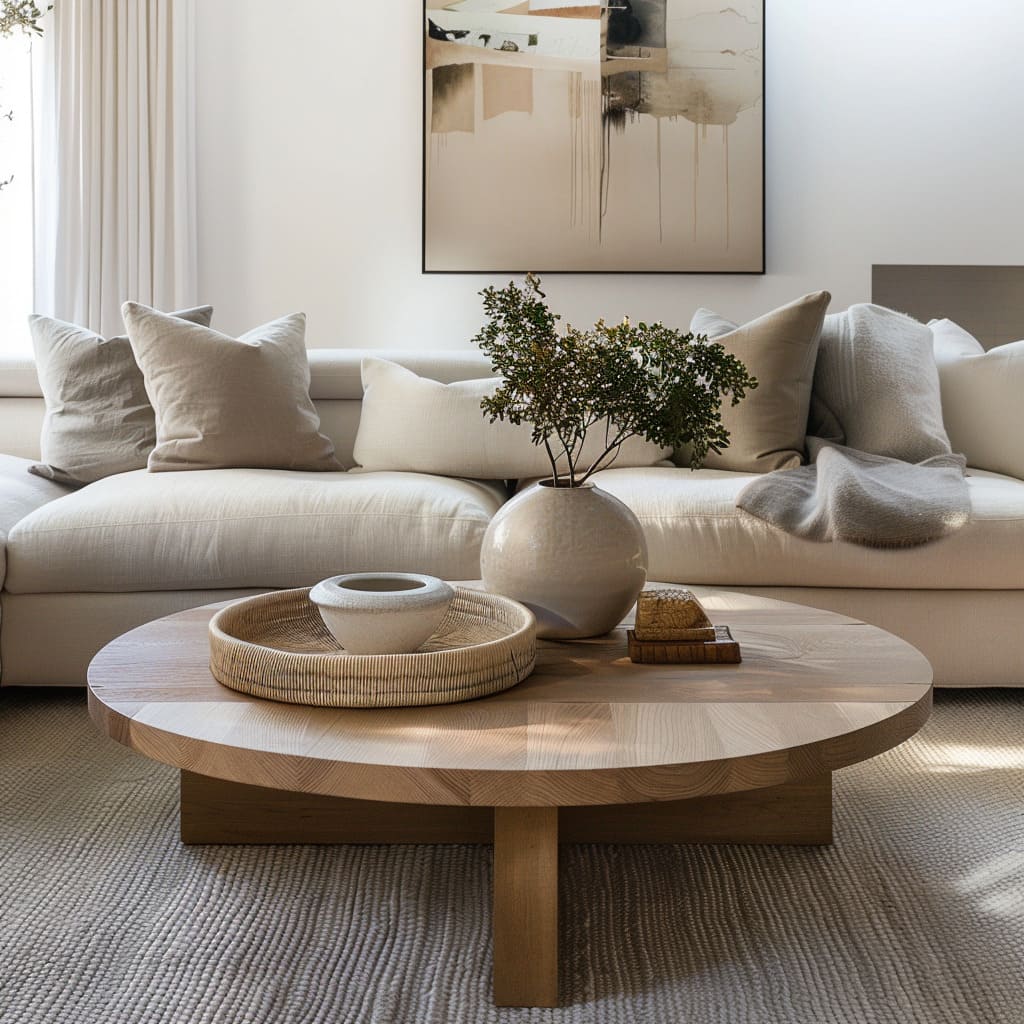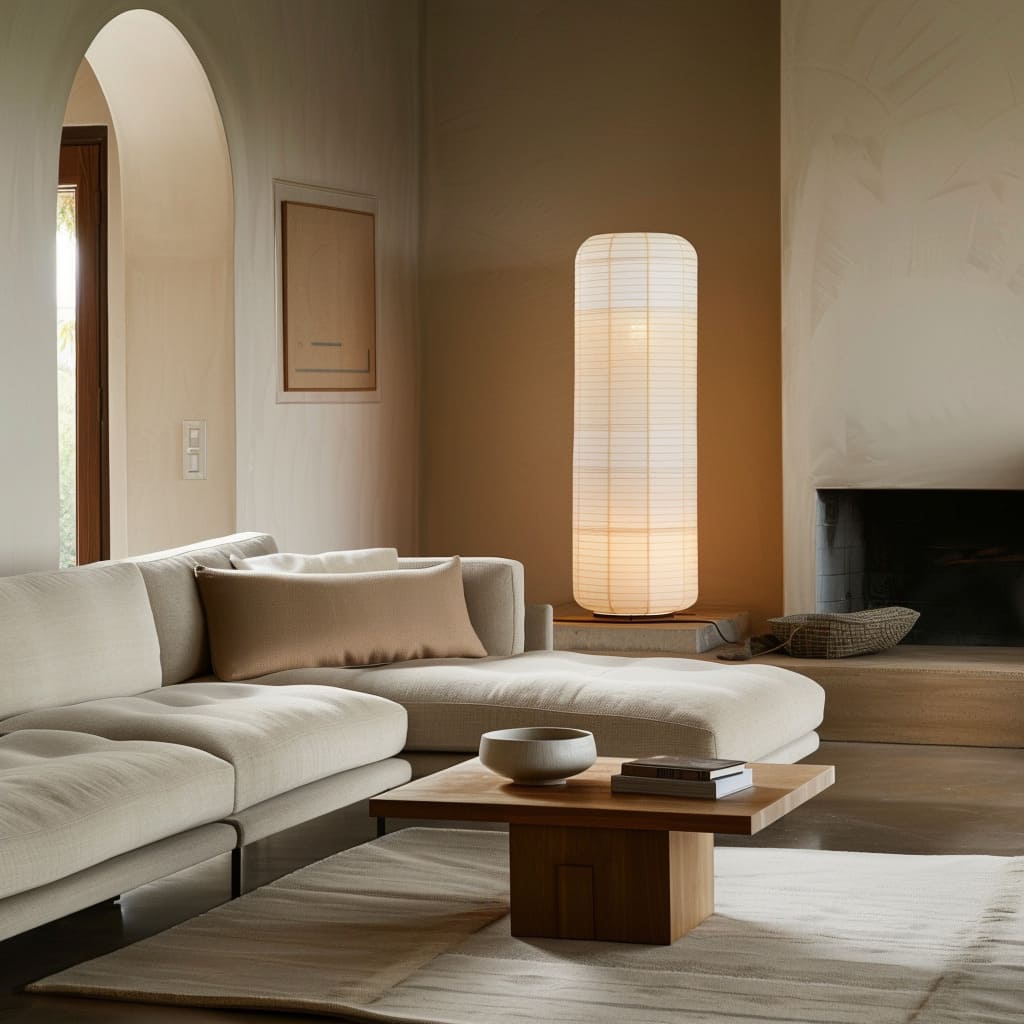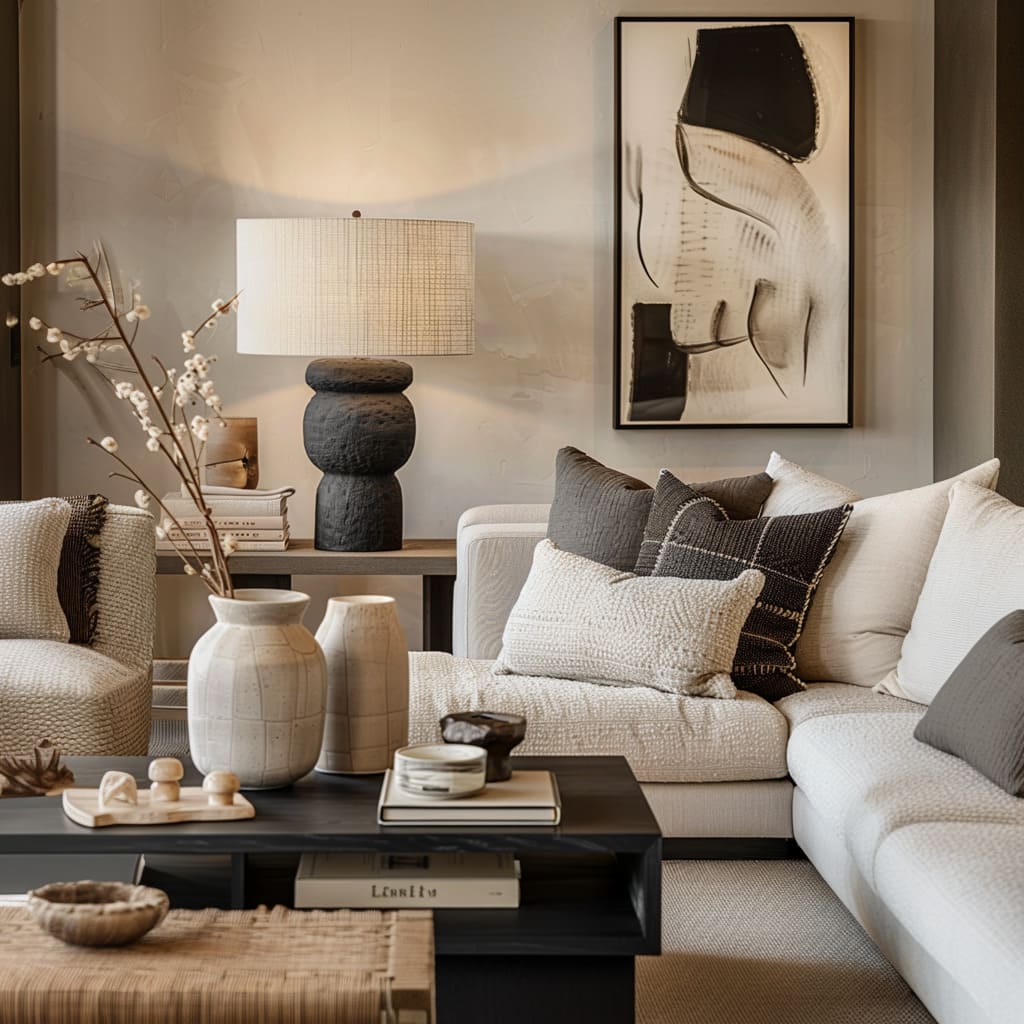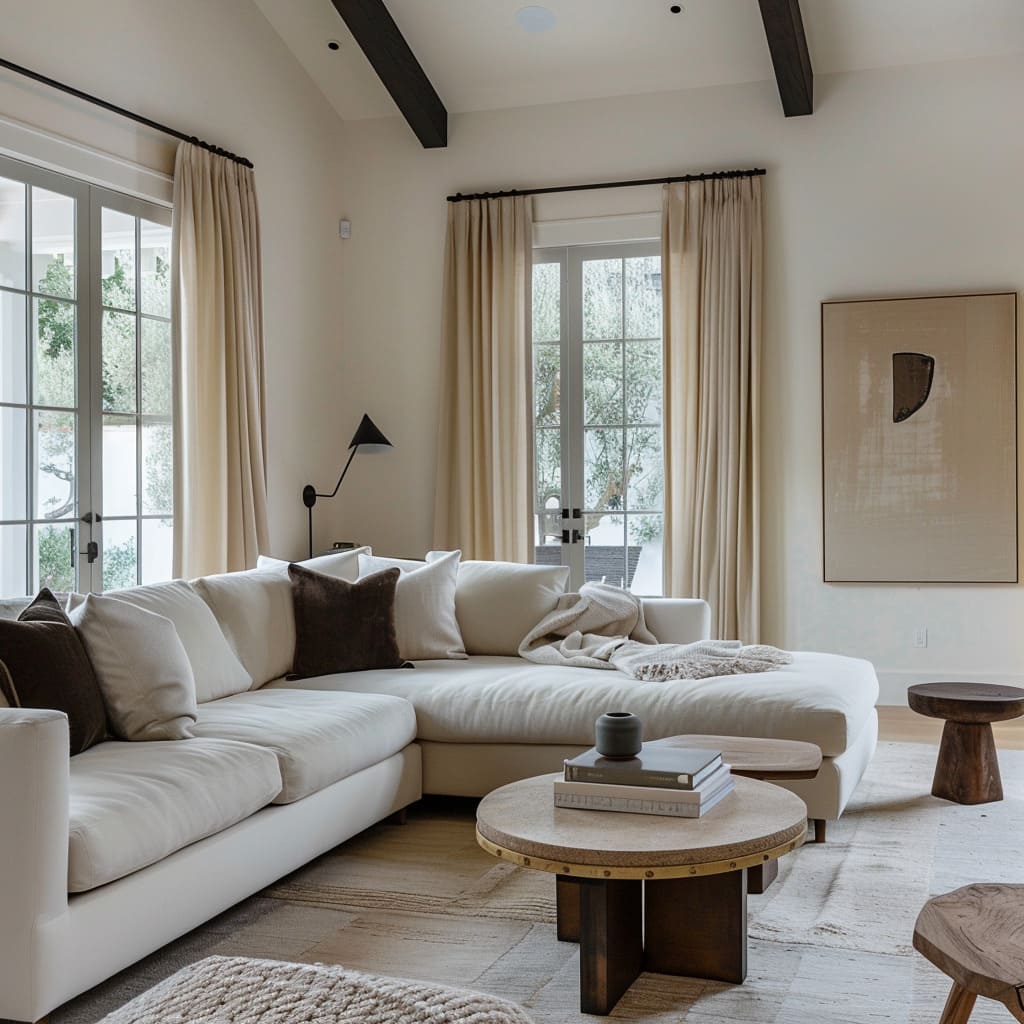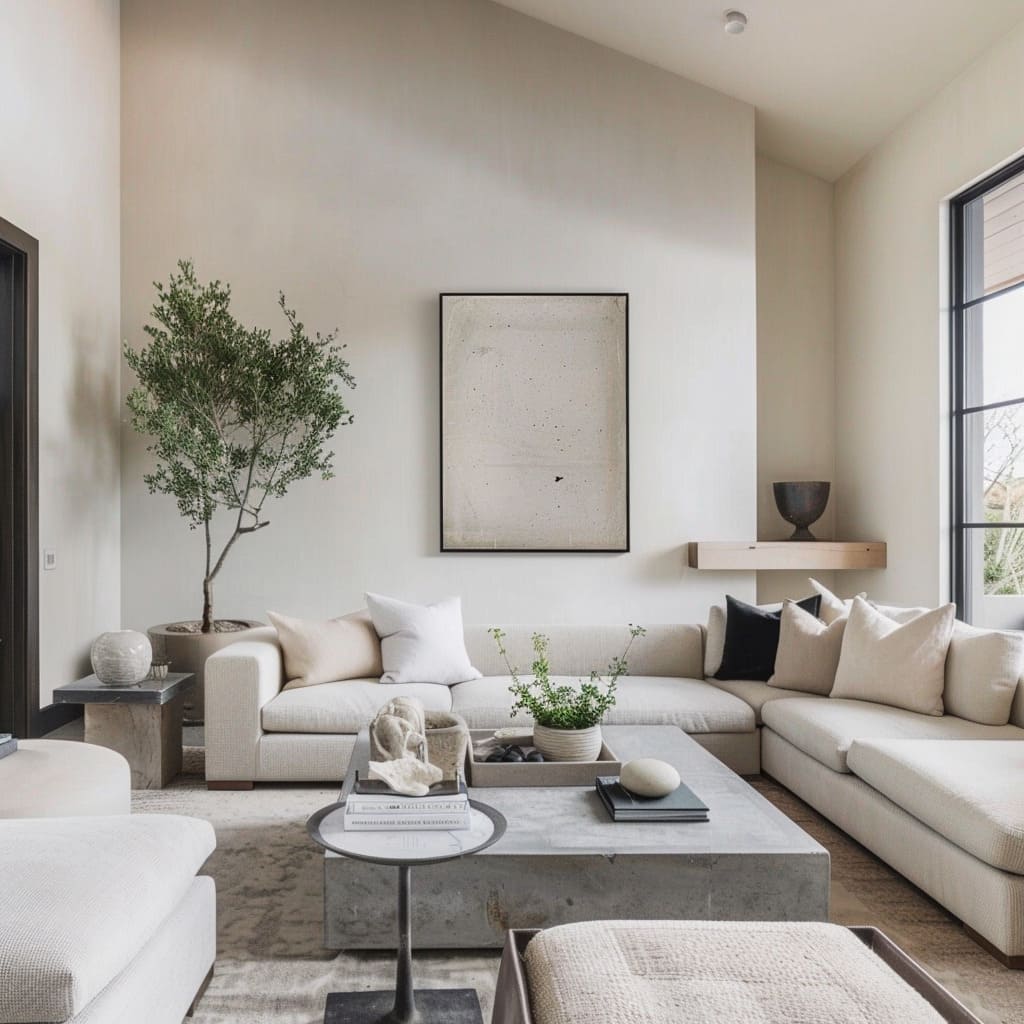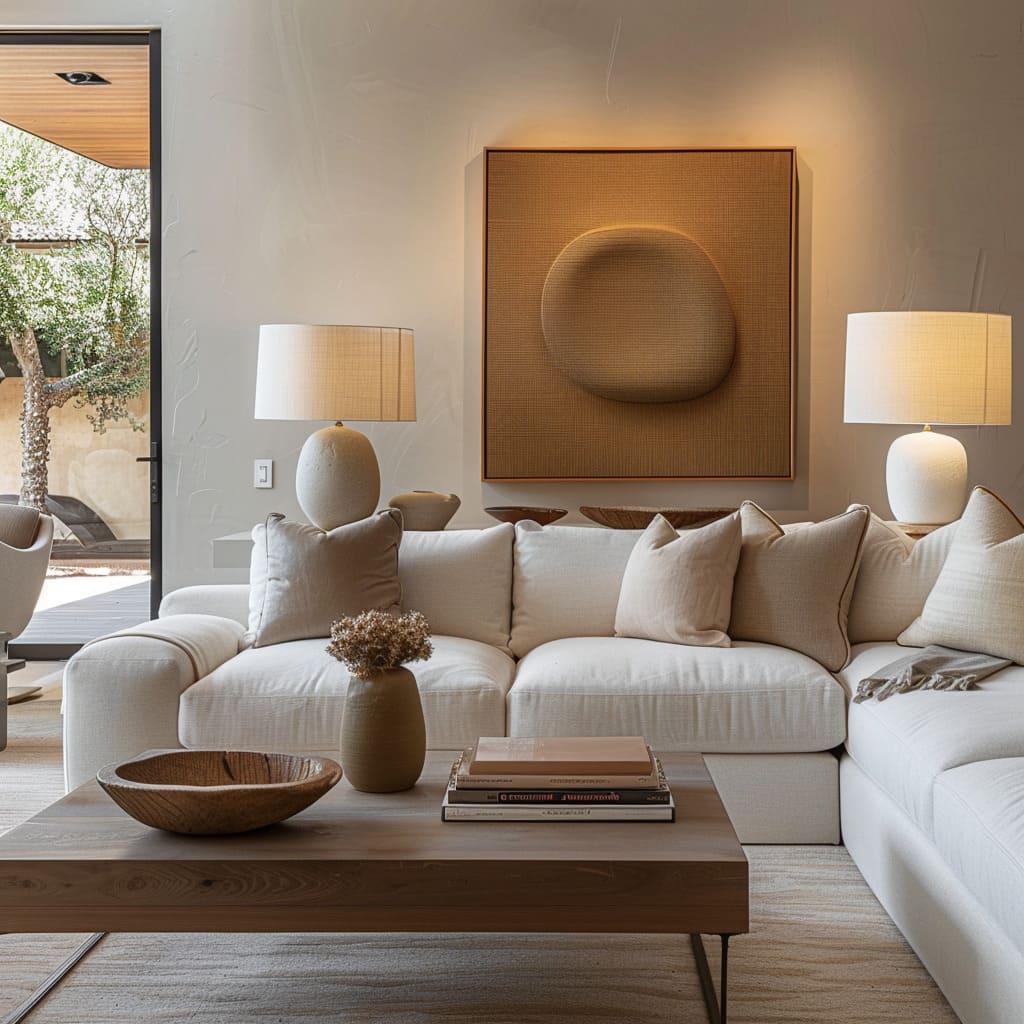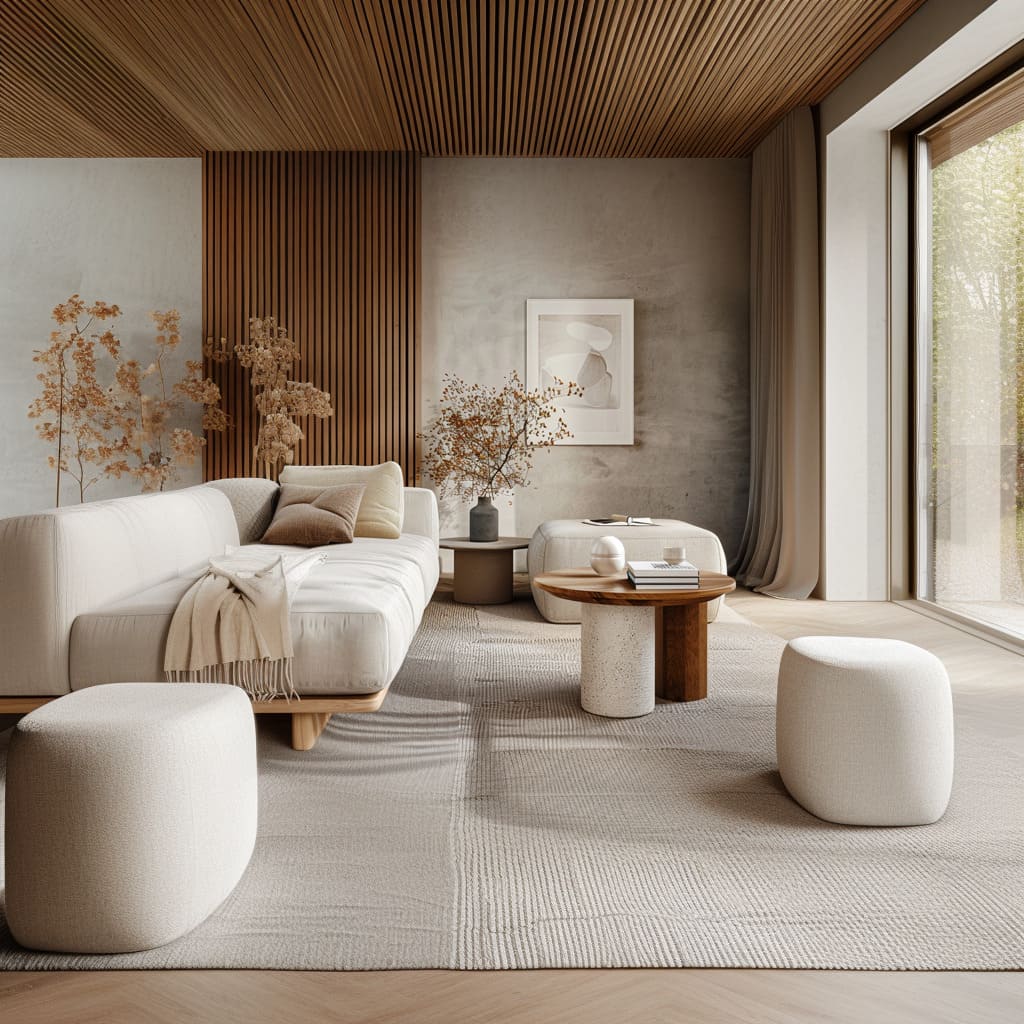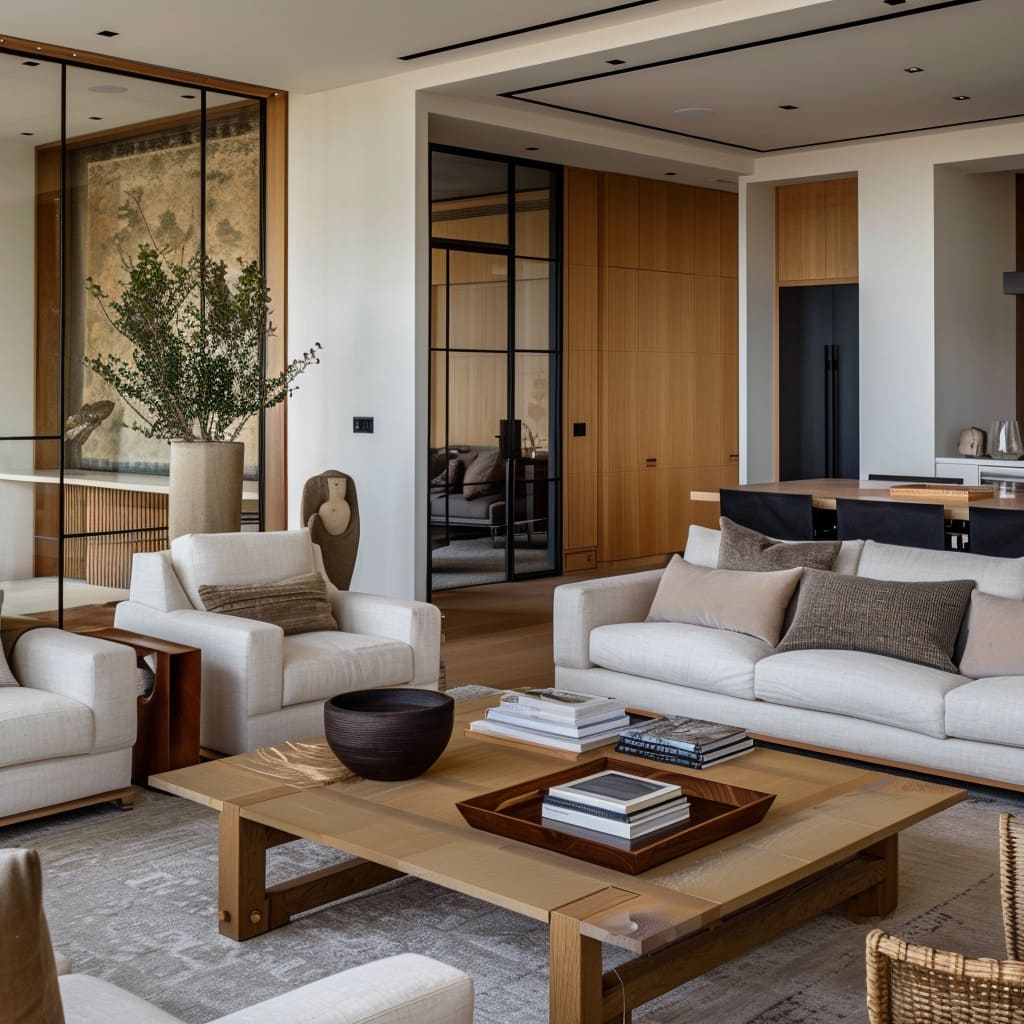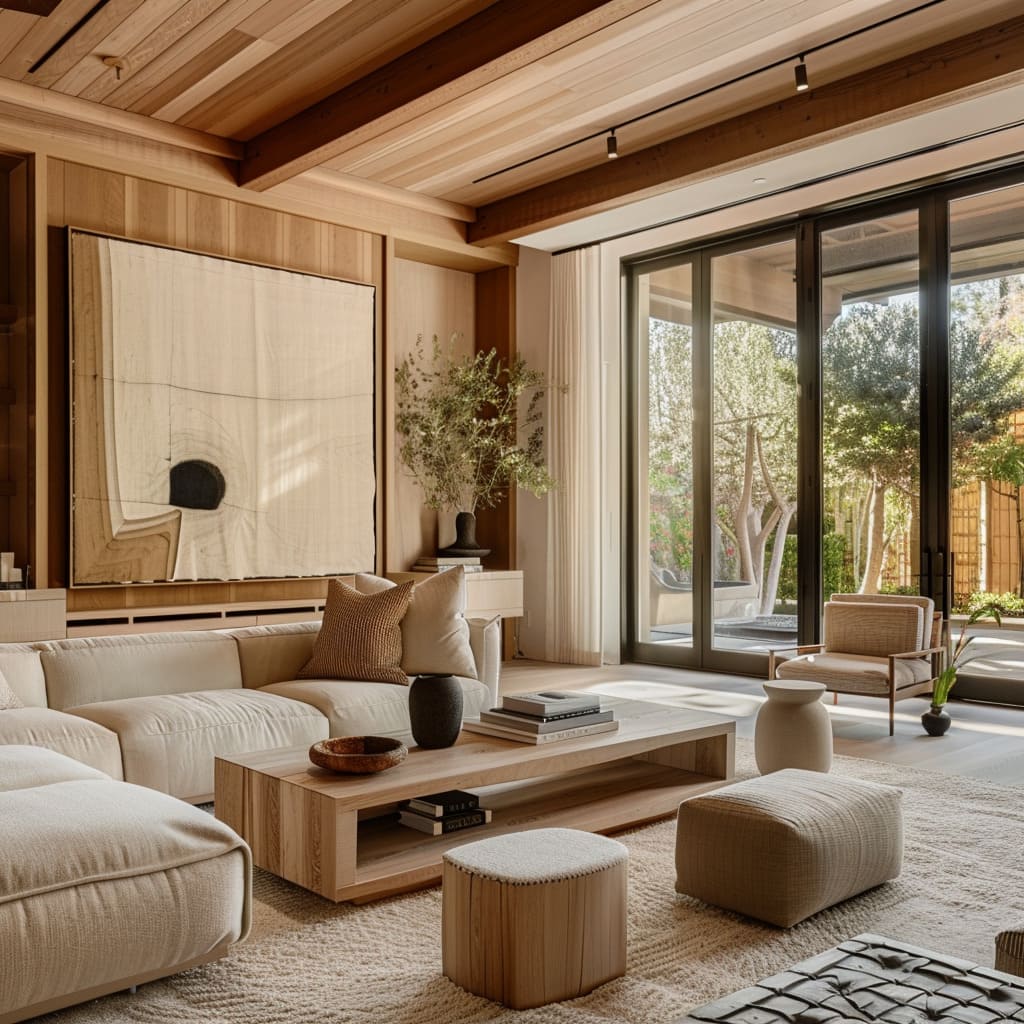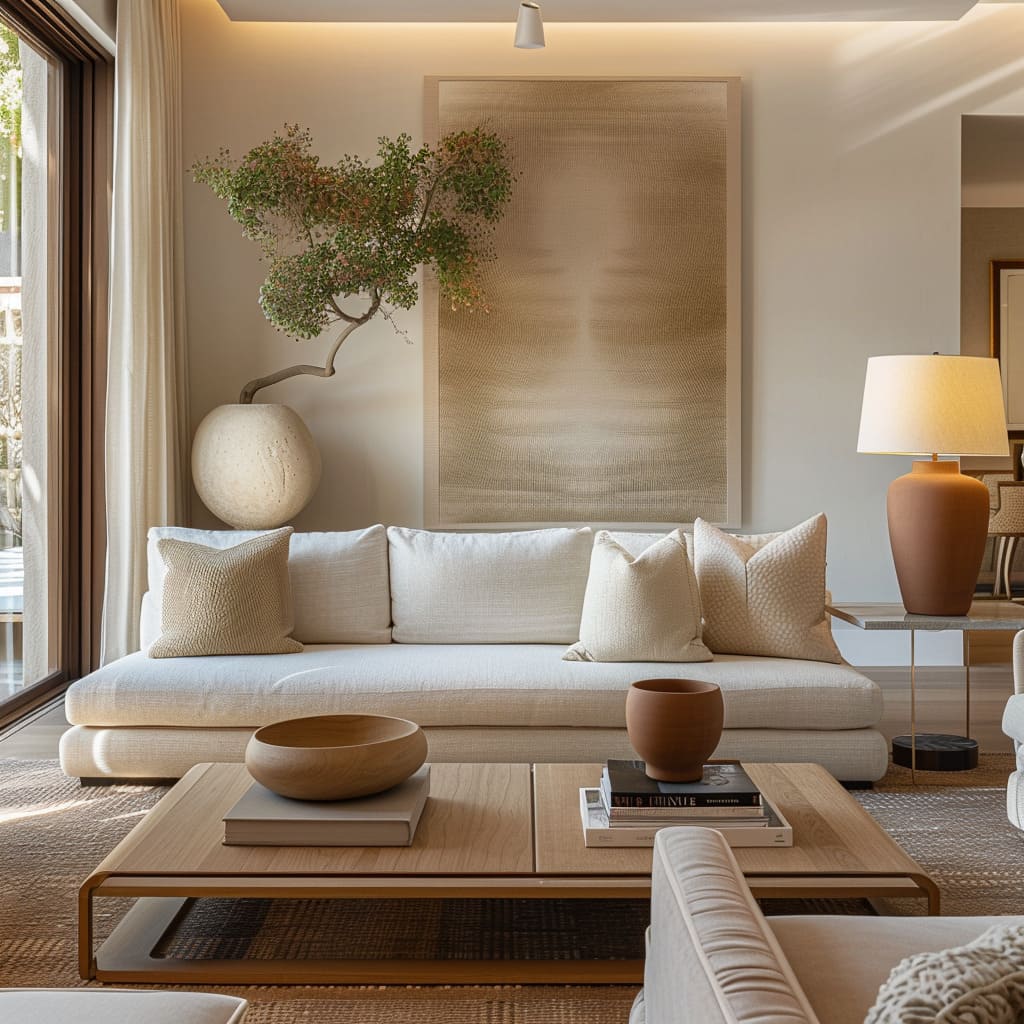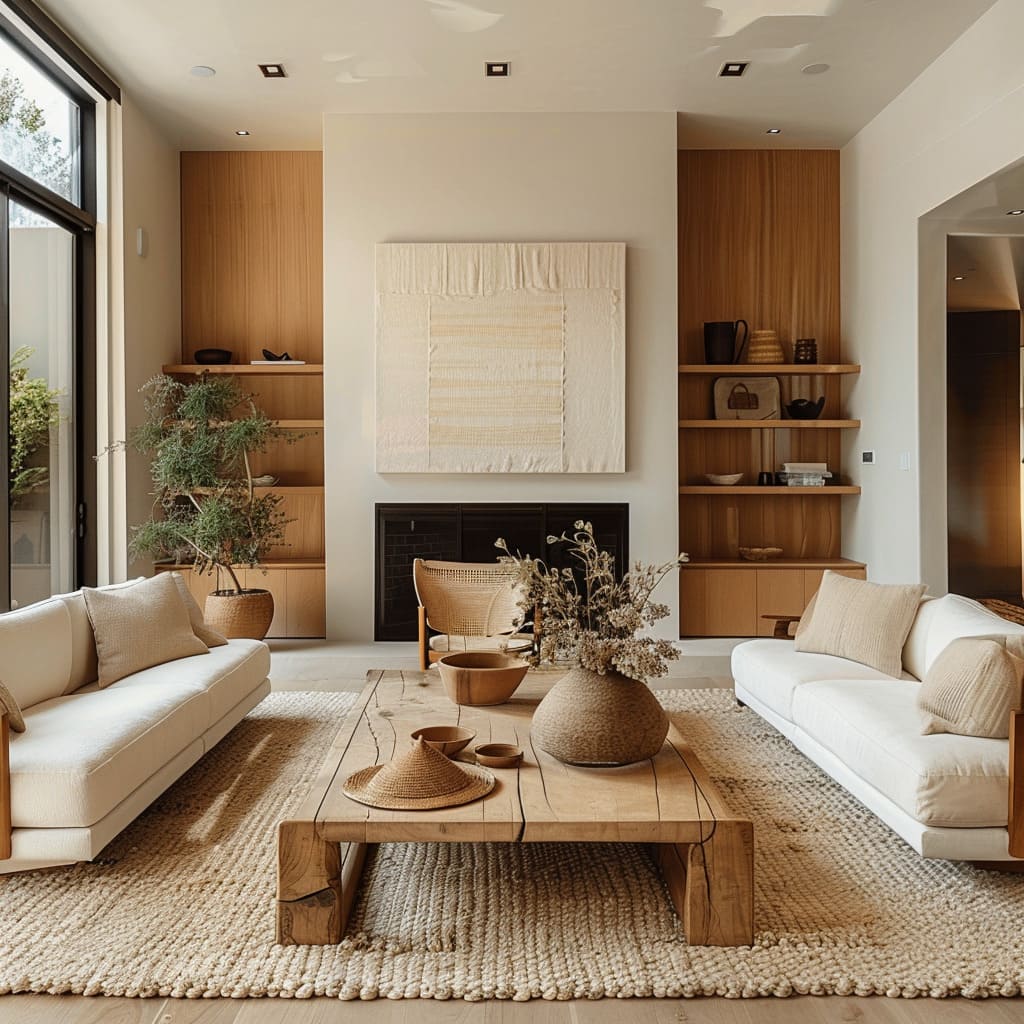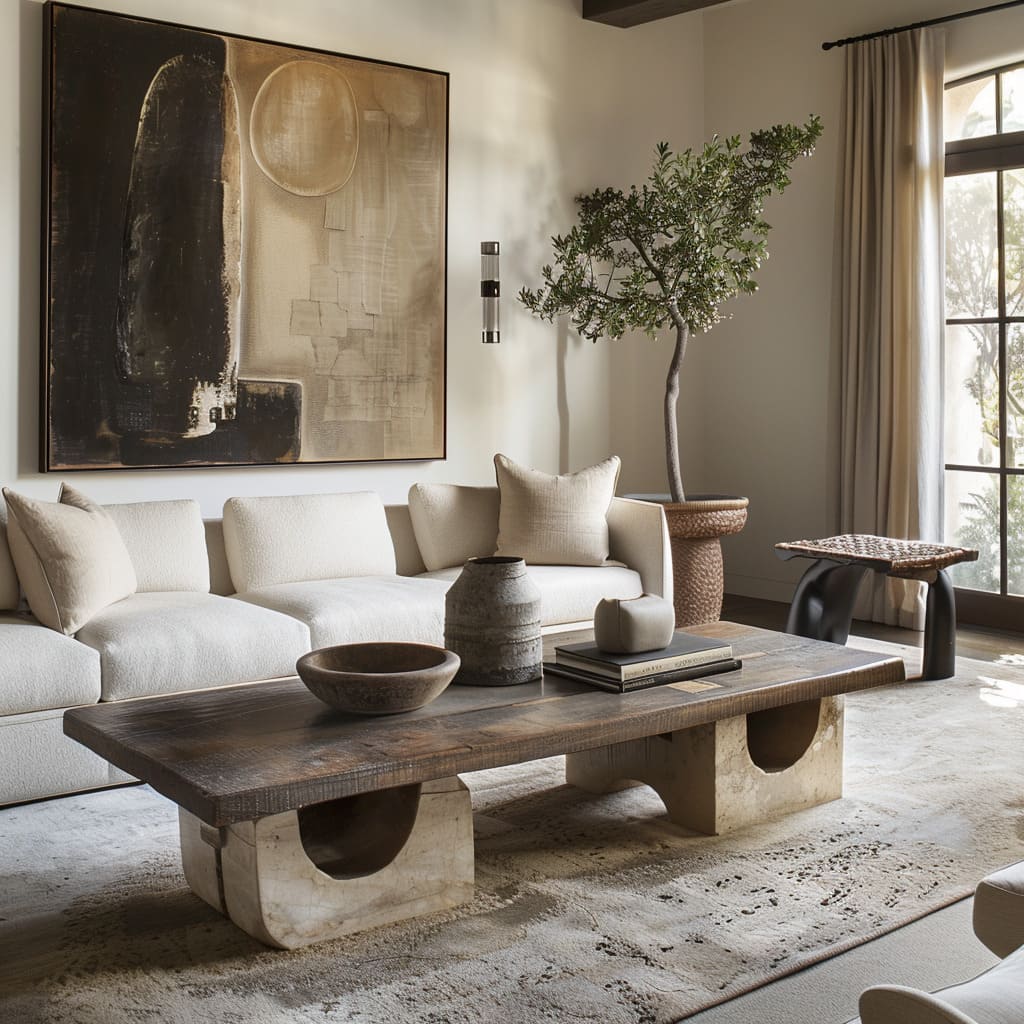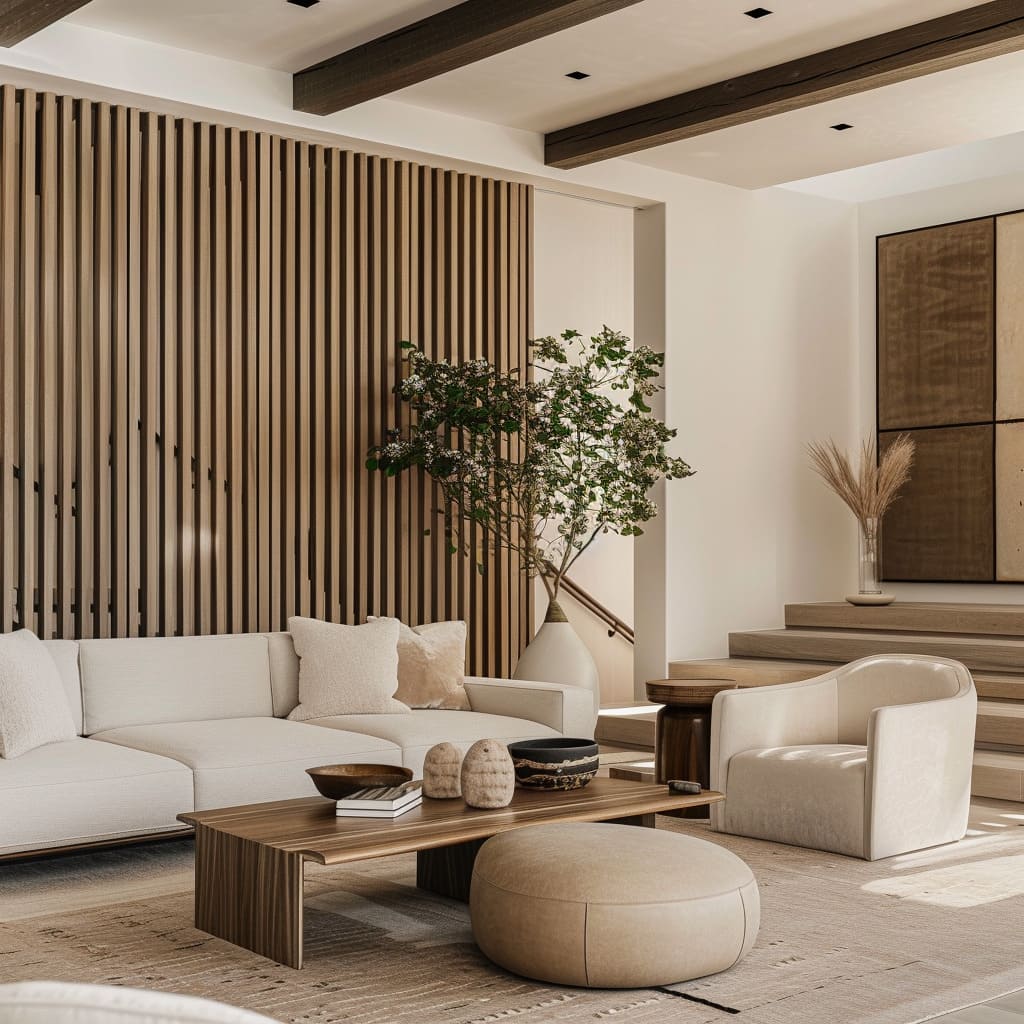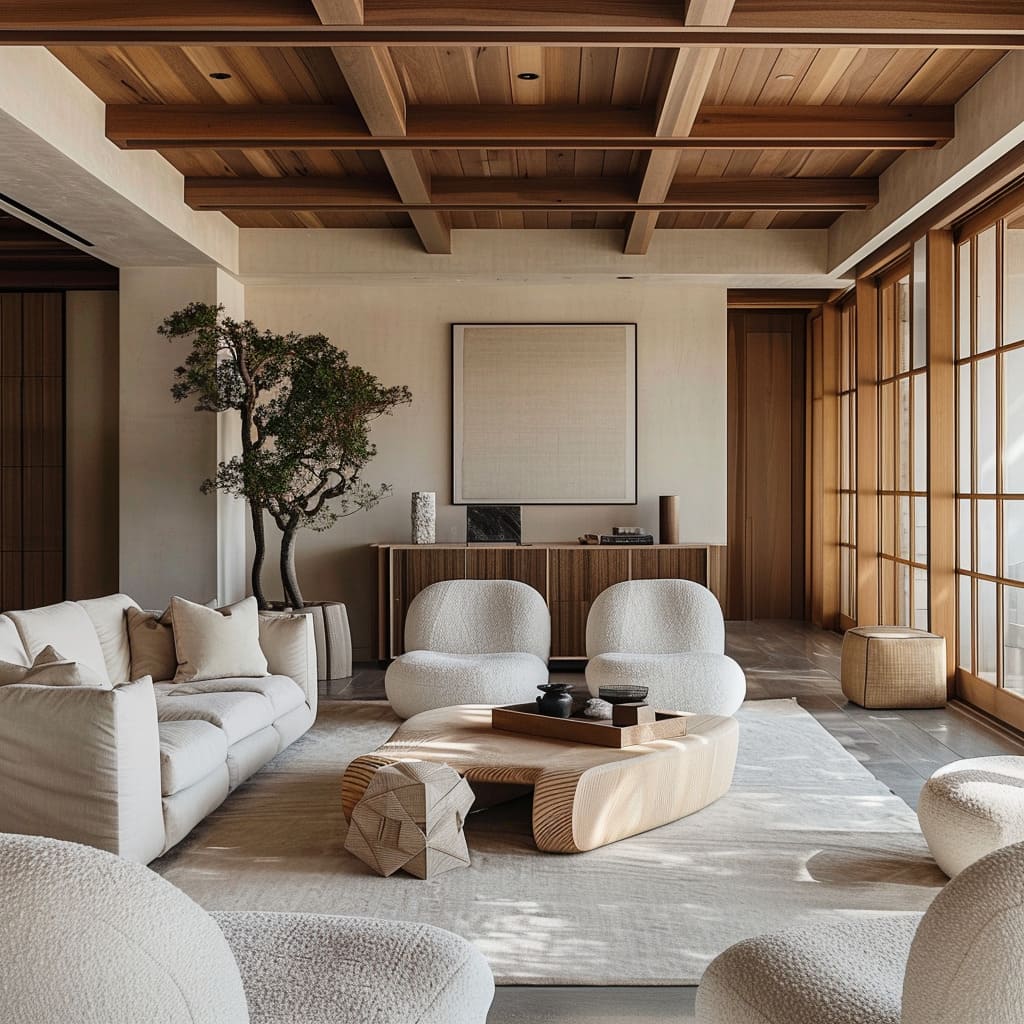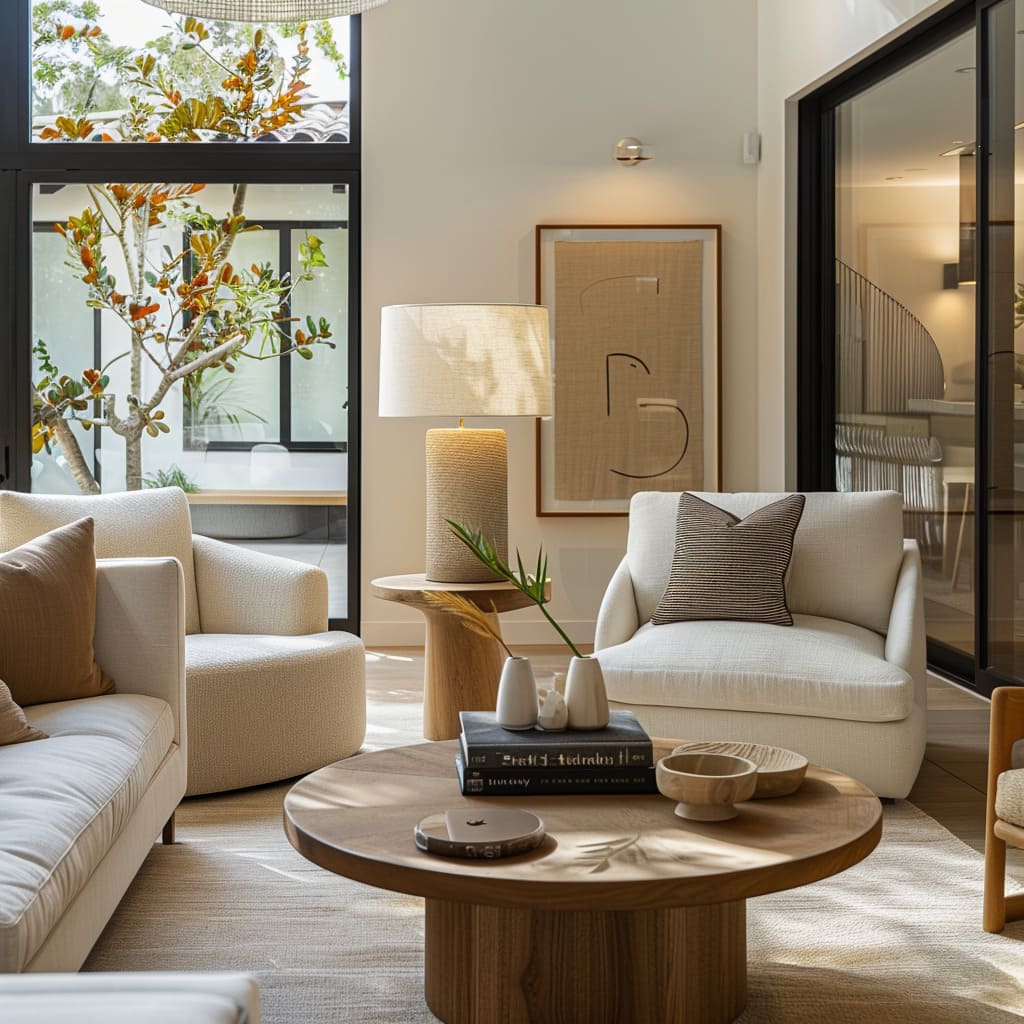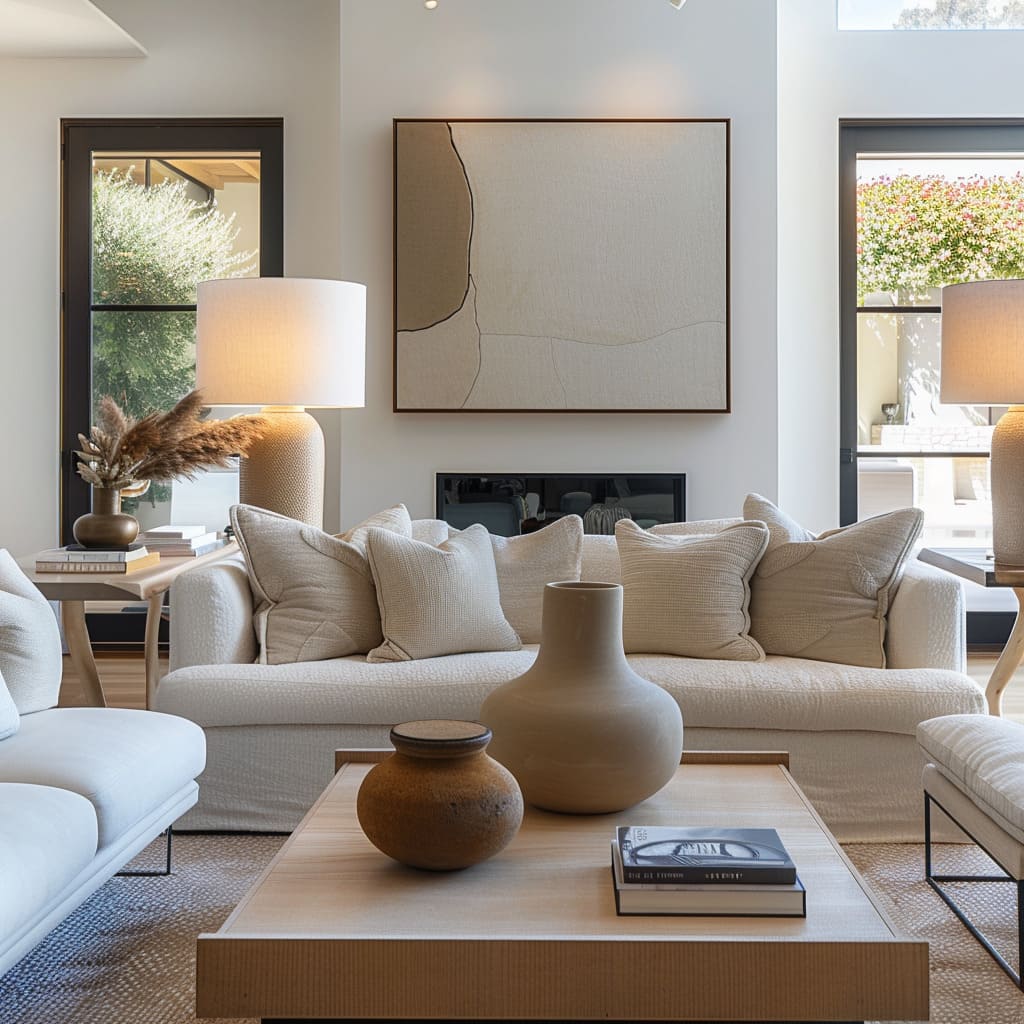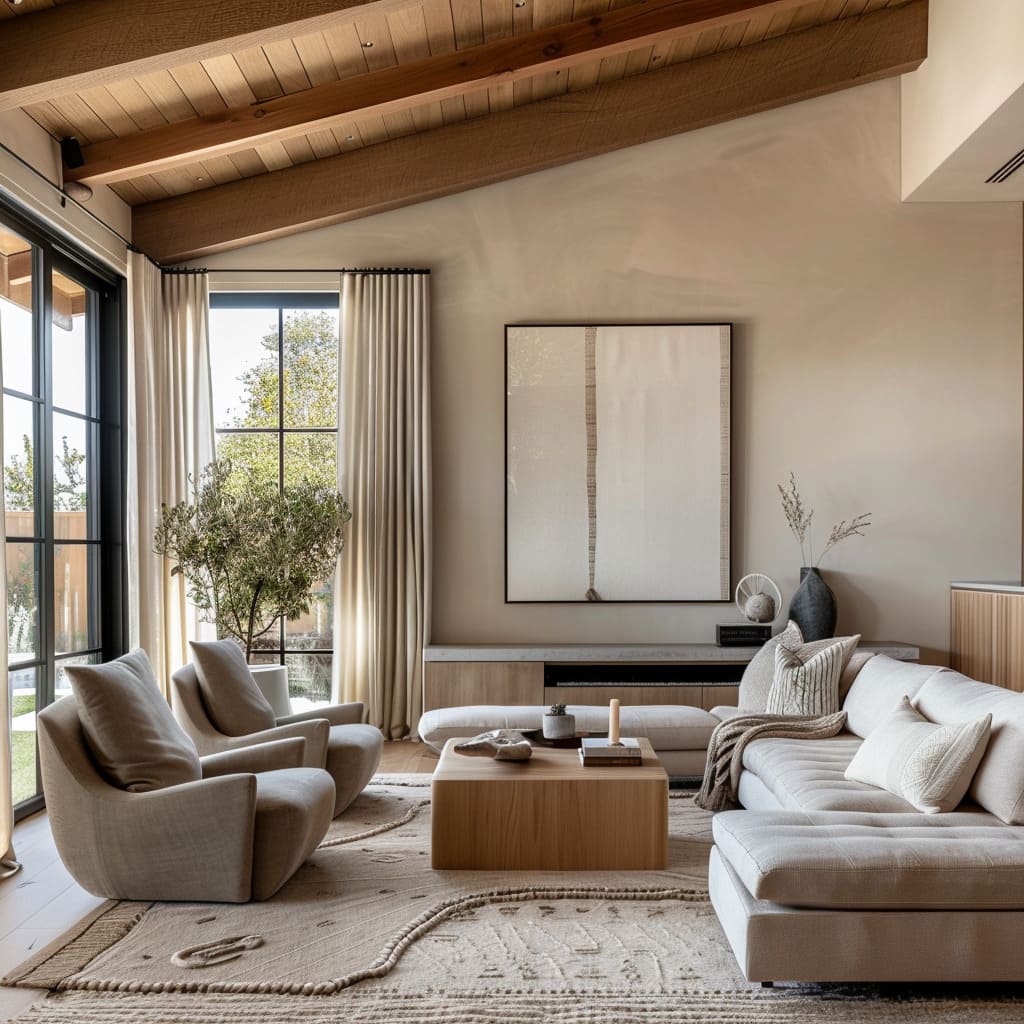The Japandi style is a beautiful fusion of two distinct yet complementary design philosophies: Japanese minimalism and Scandinavian functionality. This hybrid style has gained significant popularity in modern interiors for its calming, warm, and inviting aesthetic.
The Japandi style merges the clean lines, simplicity, and restrained color palettes of Japanese design with the cozy textures, practical elements, and light-filled spaces of Scandinavian decor. The result is an elegant, harmonious blend that emphasizes functionality, craftsmanship, and a deep connection to nature.
Understanding the core principles behind Japandi design requires delving into the cultural and historical contexts of both Japanese and Scandinavian aesthetics. Japanese design is rooted in the Zen philosophy, which emphasizes simplicity, natural beauty, and a sense of tranquility.
Traditional Japanese homes are characterized by their minimalist approach, using natural materials like wood, stone, and paper to create serene, uncluttered spaces.
Scandinavian design, on the other hand, emerged from the need to create cozy, practical, and bright interiors to combat the long, dark winters of Northern Europe. It focuses on functionality, comfort, and the use of light, neutral colors to create airy, welcoming environments.
By combining these two styles, Japandi design brings together the best of both worlds. It captures the essence of Japanese minimalism and the warmth of Scandinavian decor, resulting in spaces that are not only aesthetically pleasing but also highly functional and comfortable.
This guide will explore how to create a Japandi living room, offering detailed insights into key characteristics, furniture choices, decorative elements, textiles, architectural details, lighting, and more. Whether you are redesigning an existing space or starting from scratch, this comprehensive guide will help you achieve a Japandi-inspired living room that is both timeless and contemporary.
Key Characteristics of Japandi Style
At the heart of Japandi style is a commitment to minimalism and functionality. This design philosophy prioritizes simplicity, avoiding excess and focusing on the essentials.
The use of natural materials and textures is paramount, creating spaces that feel both warm and connected to nature. Neutral color palettes dominate, with shades of beige, cream, muted grays, and soft whites setting a calm and soothing tone.
This style values quality craftsmanship and attention to detail, celebrating the beauty of well-made, purposeful objects. Clutter is avoided, with each element in the room serving a specific function or purpose.
The Japandi style is also characterized by its emphasis on balance and harmony. This is achieved through careful curation and thoughtful placement of furniture and decor.
The goal is to create a space that feels cohesive and well-balanced, with each element contributing to the overall aesthetic. This requires a discerning eye and a mindful approach to design, ensuring that every piece fits seamlessly into the broader vision.
Additionally, Japandi design often incorporates elements of wabi-sabi, a Japanese concept that finds beauty in imperfection and transience. This can be seen in the use of handcrafted items, natural materials with irregular textures, and decor that celebrates the passage of time.
Lighting plays a crucial role in Japandi design, enhancing the natural beauty of the materials and creating a warm, inviting atmosphere. Natural light is maximized through the use of large windows and light, sheer curtains.
In the absence of natural light, ambient and task lighting is used to create a soft, even glow. This careful consideration of lighting helps to highlight the textures and colors in the room, adding depth and dimension to the space.
Overall, Japandi style is about creating a peaceful, functional, and aesthetically pleasing environment that fosters a sense of well-being and connection to nature.
Furniture Choices
Sofas and Cushions: The sofa is the centerpiece of any Japandi living room, and choosing the right one is essential to achieving the desired aesthetic. Opt for a sofa with clean lines and a low profile, reflecting the minimalist approach of both Japanese and Scandinavian design.
Upholstery should be in soft, neutral fabrics such as linen or cotton, which add a sense of warmth and comfort to the space. The sofa should feel inviting yet understated, serving as a functional anchor for the room.
Cushions play a crucial role in adding comfort and subtle texture.
Select cushions in various shades of beige, cream, and light gray, with some featuring delicate, organic patterns. These cushions should be arranged thoughtfully, maintaining a sense of order and simplicity.
Avoid overcrowding the sofa with too many cushions, as this can disrupt the clean, minimalist look.
Coffee Tables: A coffee table in a Japandi living room should combine functionality with natural beauty. Look for tables made from wood or stone, with simple, elegant designs.
A thick, polished wooden top with a sturdy base can serve as a focal point, showcasing the beauty of the natural grain. The table’s design should be straightforward and functional, avoiding unnecessary ornamentation.
Complement the table with a few carefully selected items, such as a ceramic bowl or a small stack of art books. These items should be chosen for their aesthetic appeal and functional value, enhancing the overall harmony of the space.
Side Tables and Additional Seating: Side tables in a Japandi living room should echo the minimalist and natural themes. Choose tables with clean lines and natural wood finishes.
These can hold lamps, books, or small decorative objects, adding to the room’s functionality without cluttering the space.
Additional seating, such as poufs or wooden armchairs, can enhance the room’s versatility and comfort. Poufs in matching neutral fabrics provide extra seating options without disrupting the room’s harmony.
An armchair with a light wood frame and cushioned seat adds a touch of warmth and craftsmanship, reflecting the Japandi emphasis on natural materials and quality construction.
Decorative Elements
Artwork: Artwork in a Japandi living room should be understated yet impactful. Abstract pieces with monochromatic color schemes work well, adding depth and interest without overwhelming the space.
Consider large framed artworks with bold brushstrokes in black and beige, which draw the eye and enhance the room’s visual appeal. The simplicity of these pieces complements the minimalist aesthetic, while their scale and intensity provide a modern edge.
Frames should be made of natural wood, tying the artwork into the rest of the room’s design and reinforcing the connection to nature.
Tabletop Decor: The decor on coffee tables and side tables should reflect the Japandi philosophy of simplicity and functionality. Use ceramic vases filled with dried botanical arrangements to add a touch of natural beauty.
These arrangements should be simple and elegant, avoiding overly complex or fussy designs. Small wooden trays can organize smaller decor items, such as smooth stones or minimalist sculptures.
These items should be arranged with care, creating a balanced and harmonious display that enhances the room’s calm atmosphere. The goal is to create a sense of order and tranquility, with each item contributing to the overall aesthetic without creating visual clutter.
Textiles and Rugs
Rugs: A large area rug is essential in a Japandi living room, providing a foundation for the seating area and adding warmth and texture to the space. Choose a rug in a neutral tone with a subtle, organic pattern.
The texture of the rug should be soft and inviting, creating a comfortable surface underfoot. The rug helps to define the space, grounding the furniture and creating a cohesive look.
It should be large enough to accommodate the main seating area, ensuring that all the furniture is placed on or around it, creating a unified and harmonious layout.
Fabrics: The fabrics used in a Japandi living room should be natural and muted, enhancing the room’s serene aesthetic. Linen, cotton, and wool are ideal choices, adding texture and depth without overpowering the minimalist design.
These materials are known for their durability and comfort, making them perfect for upholstery, cushions, and throws. Use these fabrics to create a layered, inviting look, with each piece adding to the overall sense of warmth and comfort.
The colors should be kept neutral, with shades of beige, cream, and light gray dominating the palette. This helps to create a calm, cohesive environment that feels balanced and harmonious.
If you’re considering a home renovation and want to get an idea of the costs involved, try our online cost calculator. It’s a handy tool that provides approximate estimates for your project, helping you plan your budget more effectively.
Architectural Elements
Ceiling and Beams: Exposed wooden beams can add a rustic touch to a Japandi living room, creating a sense of warmth and character. These beams should be finished in a rich, dark stain to highlight the natural grain of the wood.
This architectural detail adds depth and interest to the room, enhancing its connection to nature. The ceiling itself should be kept simple, with clean lines and a neutral color that complements the beams.
This creates a cohesive look that ties together the different elements of the room, reinforcing the overall aesthetic.
Walls and Finishes: The walls in a Japandi living room should be finished with a soft, neutral plaster, adding a touch of texture and warmth without distracting from the room’s minimalist design. The smooth, clean lines of the walls provide a perfect backdrop for the carefully curated decor and artwork.
Consider using natural materials like wood and stone for accents, enhancing the room’s connection to nature. These materials can be incorporated through wall panels, built-in shelving, or decorative elements, adding depth and interest to the space while maintaining a cohesive and harmonious look.
Windows and Light
Natural Light: Large windows are a hallmark of Japandi design, allowing natural light to flood the space and enhance its airy, open feel. These windows should have dark frames to create a striking contrast with the light walls and furniture, adding a modern touch to the room’s aesthetic.
Sheer, neutral-toned curtains can diffuse the light, softening its intensity and creating a warm, inviting atmosphere. The natural light highlights the textures and colors in the room, bringing out the beauty of the materials and enhancing the overall sense of calm and balance.
Curtains: Curtains in a Japandi living room should be light and airy, allowing maximum light while maintaining privacy. Choose sheer fabrics in neutral tones to add a soft, flowing element to the room, contributing to its overall sense of calm and balance.
These curtains should be simple and elegant, avoiding heavy or ornate designs that could disrupt the room’s minimalist aesthetic. The goal is to create a seamless connection between the indoors and outdoors, enhancing the room’s connection to nature and its overall sense of openness and tranquility.
Plants and Greenery
Botanical Elements: Incorporating plants into a Japandi living room adds a touch of nature and enhances the connection to the outdoors. Use simple, elegant arrangements of dried branches or grasses in ceramic vases to add a touch of organic beauty and texture.
These botanical elements should be understated and carefully placed, maintaining the room’s minimalist aesthetic. They add a sense of life and freshness without overwhelming the space, enhancing the overall sense of balance and harmony.
Choose plants that require minimal maintenance, ensuring they remain healthy and vibrant without requiring extensive care.
Additional Features
Books and Accessories: Books and small accessories can add personality and interest to a Japandi living room, enhancing its overall aesthetic. Choose items that complement the room’s color palette and style, ensuring they add to the overall sense of balance and harmony.
Arrange books neatly on coffee tables or side tables, using their covers to add subtle pops of color and texture. Small accessories, such as a black metal tray or a collection of smooth stones, can provide the finishing touches, enhancing the room’s sense of tranquility and elegance.
These items should be chosen for their aesthetic appeal and functional value, ensuring they contribute to the room’s overall sense of calm and balance.
Lighting: Lighting in a Japandi living room should be soft and ambient, creating a warm and inviting atmosphere. Use recessed lighting to provide overall illumination, with minimalist lamps on side tables for additional light.
The lamps should have simple designs and neutral shades, complementing the room’s aesthetic. Warm light bulbs can enhance the cozy, inviting atmosphere, making the room feel comfortable and relaxing.
The goal is to create a well-lit space that enhances the natural beauty of the materials and decor, adding depth and dimension to the room without overpowering its minimalist aesthetic.
If you enjoyed learning about Japandi style, you’ll love exploring Modern Scandinavian Design. Discover how nature, neutral tones, and Nordic charm come together to create stunning interiors.
Conclusion
Creating a Japandi style living room involves blending the minimalist principles of Japanese design with the warmth and functionality of Scandinavian decor. This design philosophy prioritizes simplicity, quality craftsmanship, and a deep connection to nature, resulting in spaces that feel balanced, harmonious, and inviting.
By focusing on natural materials, neutral colors, and carefully chosen decor, you can create a living room that embodies the best of both worlds. Each element in a Japandi living room is chosen for its aesthetic appeal and functional value, ensuring that the space is both beautiful and practical.
The process of creating a Japandi living room requires careful consideration of each detail, from the choice of furniture and textiles to the placement of decor and the use of natural light. The goal is to create a cohesive and harmonious environment that fosters a sense of well-being and connection to nature.
This approach not only creates a visually stunning space but also promotes a sense of calm and relaxation, making it a perfect retreat from the outside world.
Whether you are redesigning an existing space or starting from scratch, the principles of Japandi design can help you create a living room that is both timeless and contemporary. By embracing the simplicity and functionality of this style, you can achieve a space that feels both modern and inviting, reflecting your personal taste and lifestyle.

